It had long been an ambition to travel to Russia but the convoluted and lengthy visa process did put us off. It can take several weeks to apply and the authorities will need a vast quantity of information not only about you but also a fair bit of family history as well. The embassy is also likely to retain your passport for the time that the application is going through its processing. So we were delighted to discover that you can actually travel to Russia visa-free. You can’t stay for long – just three days – and the trip can best be described as full-on but, for us, it was a brilliant opportunity to see the highlights of this amazing country.
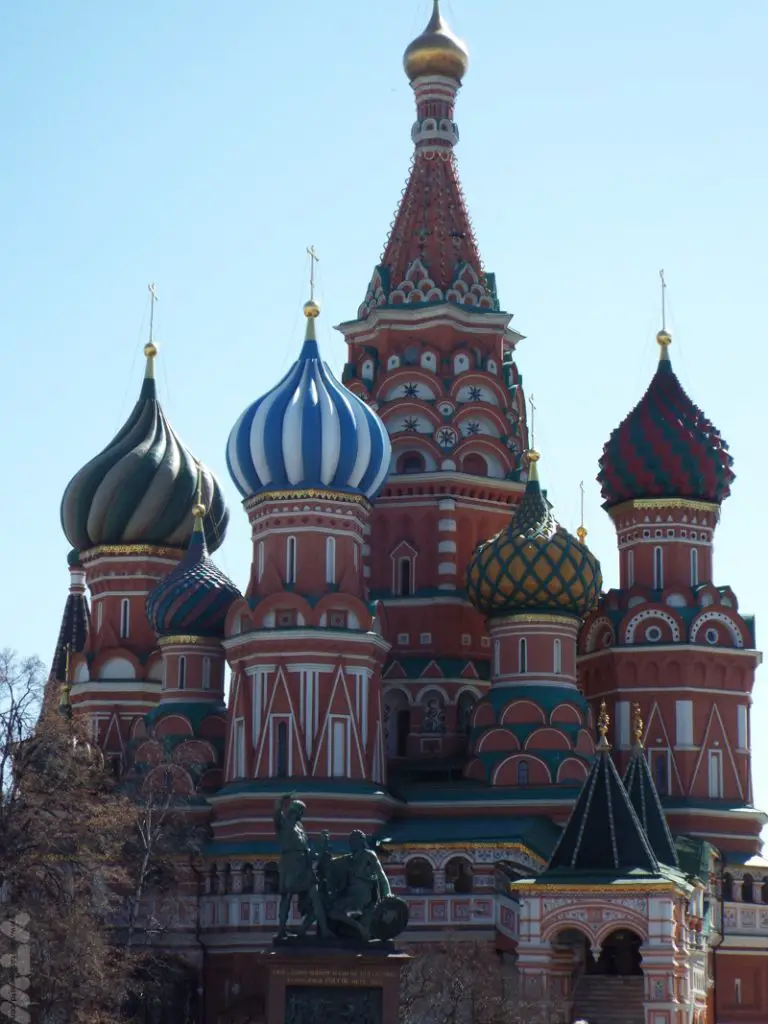
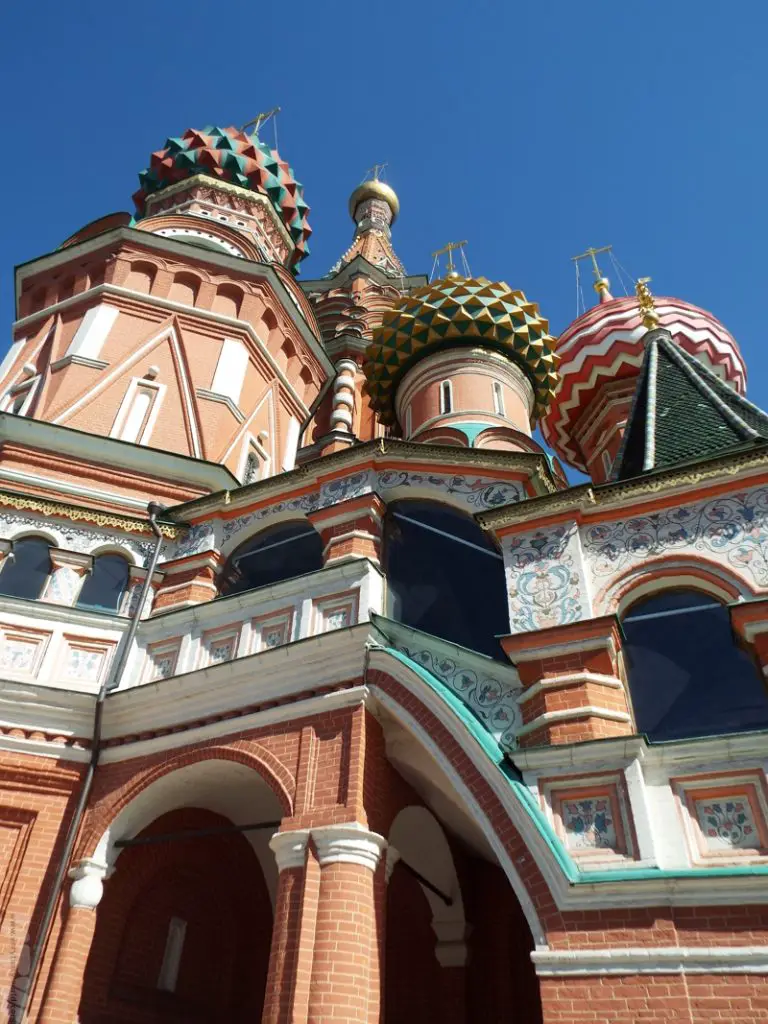
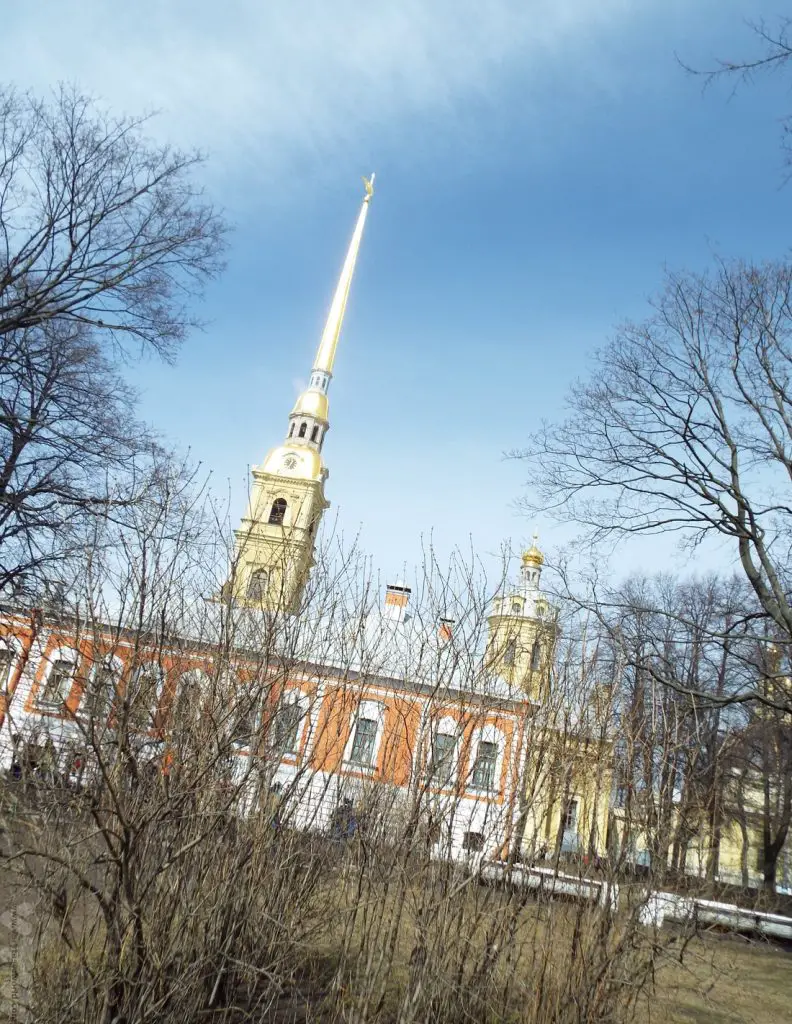
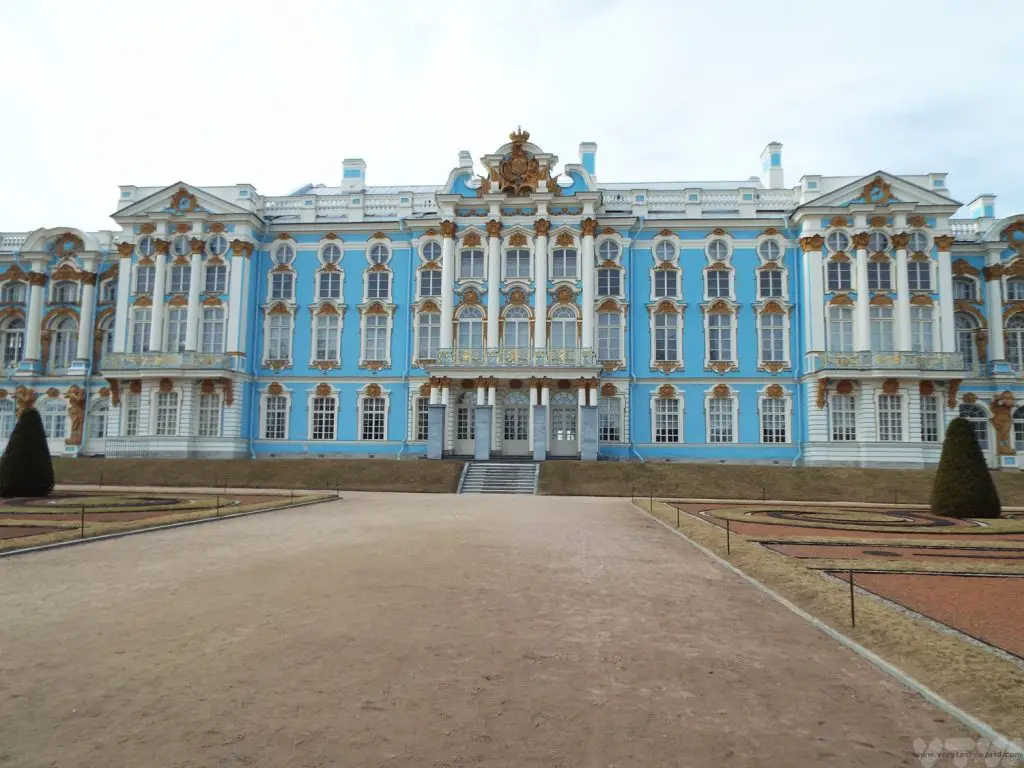
Rushin’ Around Russia
So, deep breath, this is the itinerary:
Fly to Helsinki – catch a tram to the port – board a ferry – sail overnight to St Petersburg – arrive St Petersburg – tour St Petersburg in morning – lunch – travel out to Summer Palace and tour Summer Palace and surround – drive back to St Petersburg – free time to explore and eat dinner – pick up to train station – overnight train to Moscow – arrive early morning Moscow – transport to hotel for breakfast – pick up for Moscow tour – tour Red Square and Moscow metro – lunch – tour Kremlin, back to hotel in afternoon for a quick shower – pick up in evening for train station – overnight train back to St Petersburg – breakfast in St Petersburg – explore St Petersburg until Hermitage opens – tour Hermitage and marvel at the art, realising you could actually spend days in there – pick up for ferry port – catch ferry – sail overnight to Helsinki – arrive Helsinki – tram to airport – fly home – collapse.
Visa-Free Travel Rules
The Russian Federation foreign visa-free conditions state that:
- You must arrive at the port of St Petersburg aboard a St Peter Line ferry.
- You must leave Russia from St Petersburg aboard a St Peter Line ferry.
- You must leave Russia within 72 hours. The clock starts ticking as soon as you cross border control.
- You must be a part of an organised travel group and follow the tour itinerary
- You must have a valid passport and be able to enter Finland after leaving Russia.
You have to travel with an approved agency. This meant that we would be joining a group tour, which is our least favourite way to travel, but it was something that we were prepared to do. As things turned out, however, Anglo-Russian relations weren’t particularly good at the time of travelling and a number of other guests decided to cancel. Amazingly, we got a private tour! And while politicians often have very public spats in the media, ordinary people are usually lovely and everyone we encountered on our trip to Russia was very friendly and helpful.
The trip was brilliantly designed. One thing to note is that your bed will be moving for four nights running – ferry, train, train, ferry. As someone who is prone to travel sickness, particularly seasickness, this was initially a concern but the Baltic sea was very calm and the boat was very large so there were no issues at all. There are several classes of ferry and train transport available from basic to luxurious – the cost varies accordingly.
Breaking the trip down…
Day One – Start at the Finnish: From Helsinki to St Petersburg
On arrival at Helsinki we caught a tram to the port and boarded the St. Peterline ferry Princess Anastasia. There was plenty to do on board and there was a reasonable choice of restaurants to dine in.
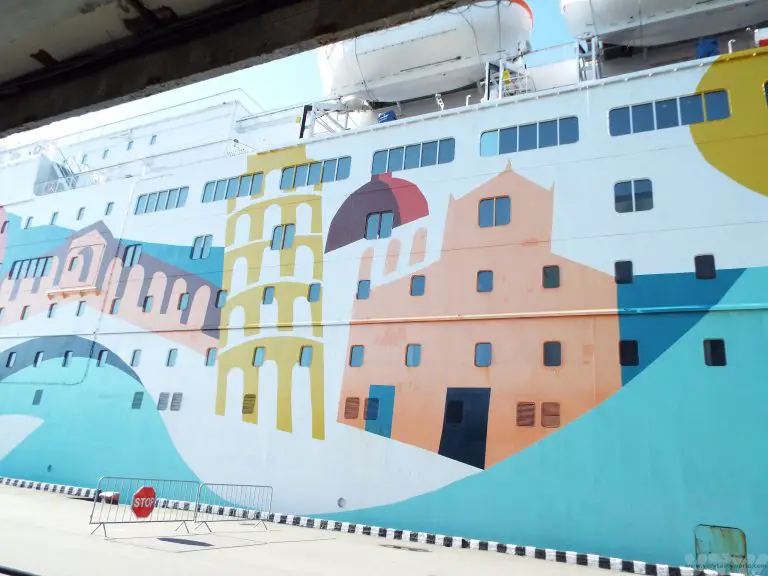
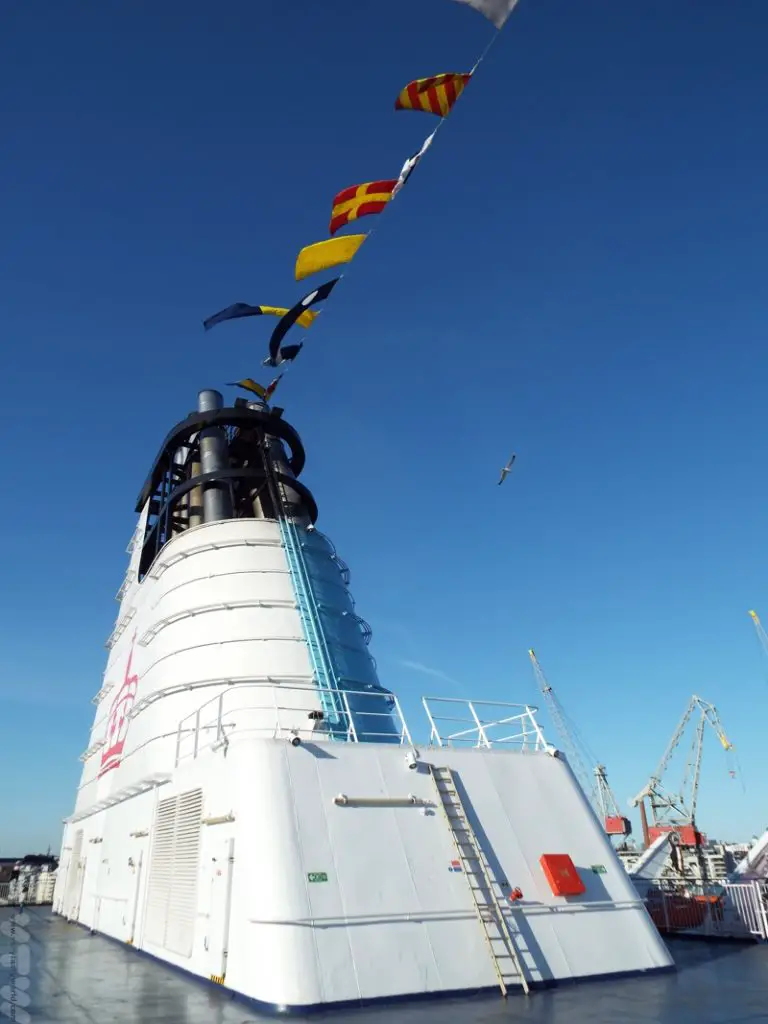
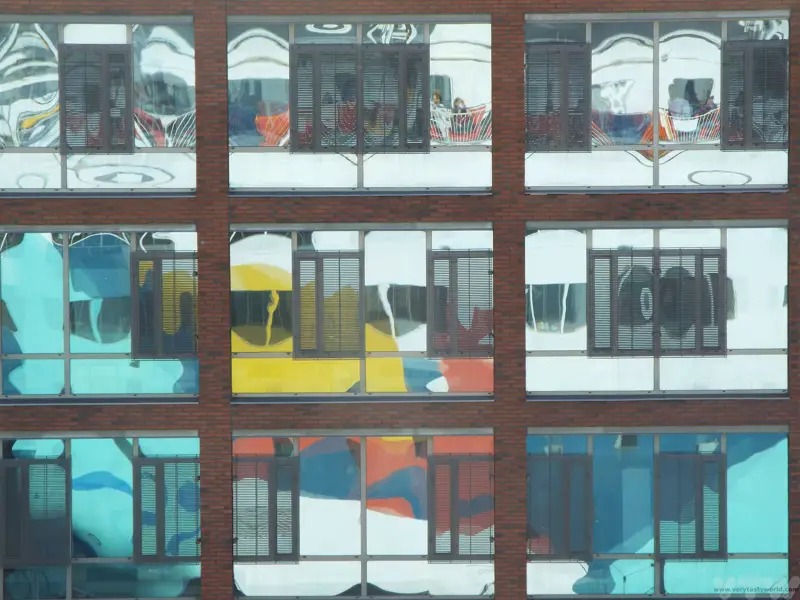
We decided to get a cheap cabin without a window view, mainly because it was an overnight journey so we were planning to be sleeping and didn’t really need a port-hole to look out of while it was dark. It comprised twin beds and a shower room – basic but perfectly functional. As we wandered to the dining room for a buffet breakfast the following morning we could see the ice floating along the river as we headed into port.
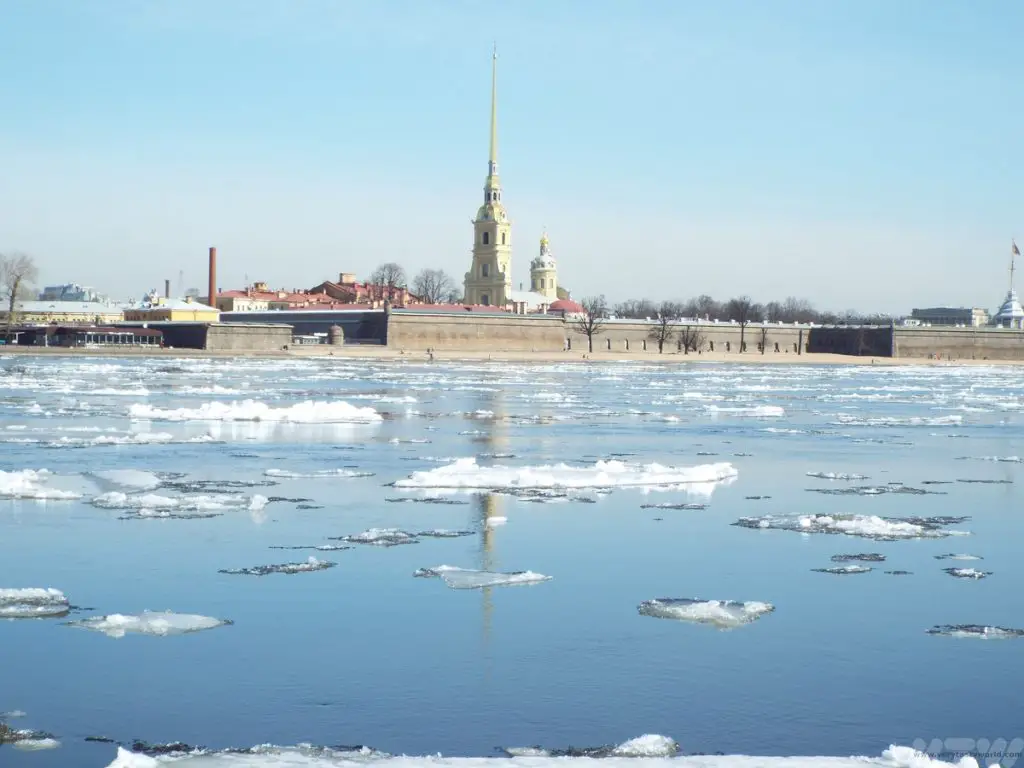
Day Two – A Day in St Petersburg
Instructions were issued for debarkation over the ship’s tannoy. We had been given visa-free arrival and departure cards, which we kept with our passports. We joined the queue for non-Russian visitors and eventually got through immigration.
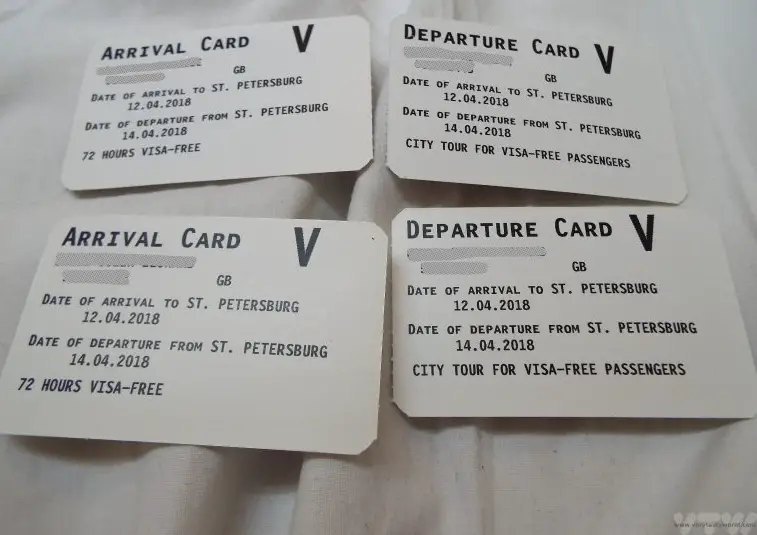
We travelled in mid-April, ostensibly spring, but the weather was still pretty cold – it had risen from around -30⁰C during winter to around 0⁰C. However, St Petersburg’s river Neva was still frozen and not navigable. This meant that unfortunately we couldn’t undertake a planned boat trip, so the itinerary was shuffled around a bit. It was a disappointment not to be able to do this but it meant that we had more time at the Hermitage on day three.
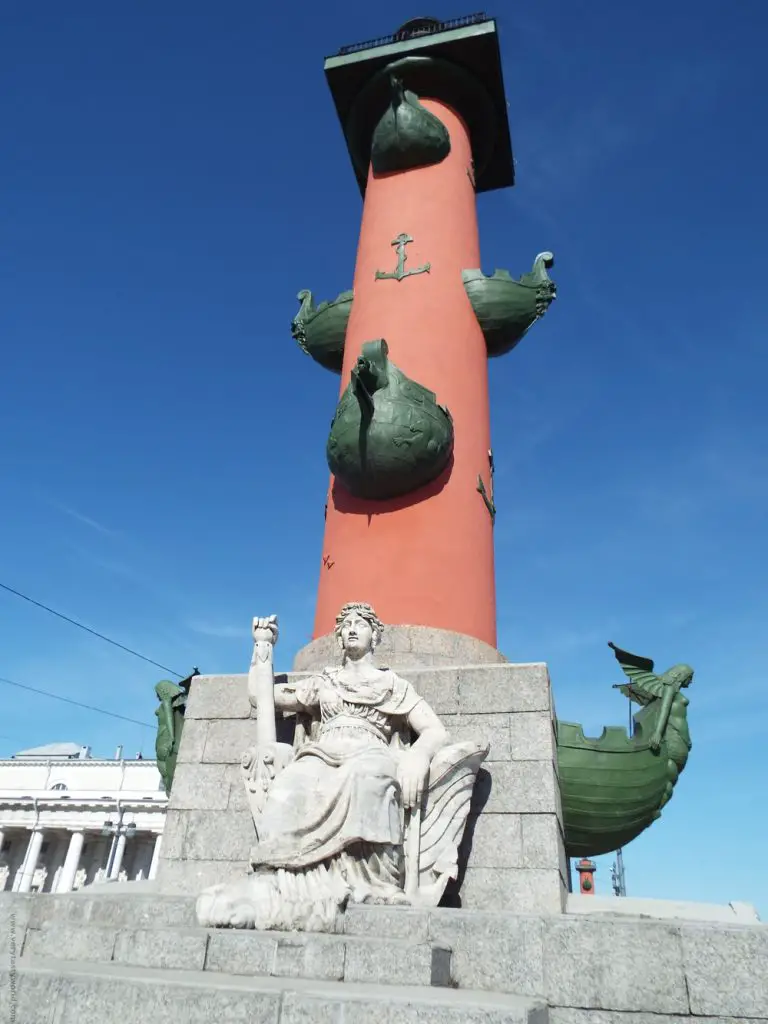
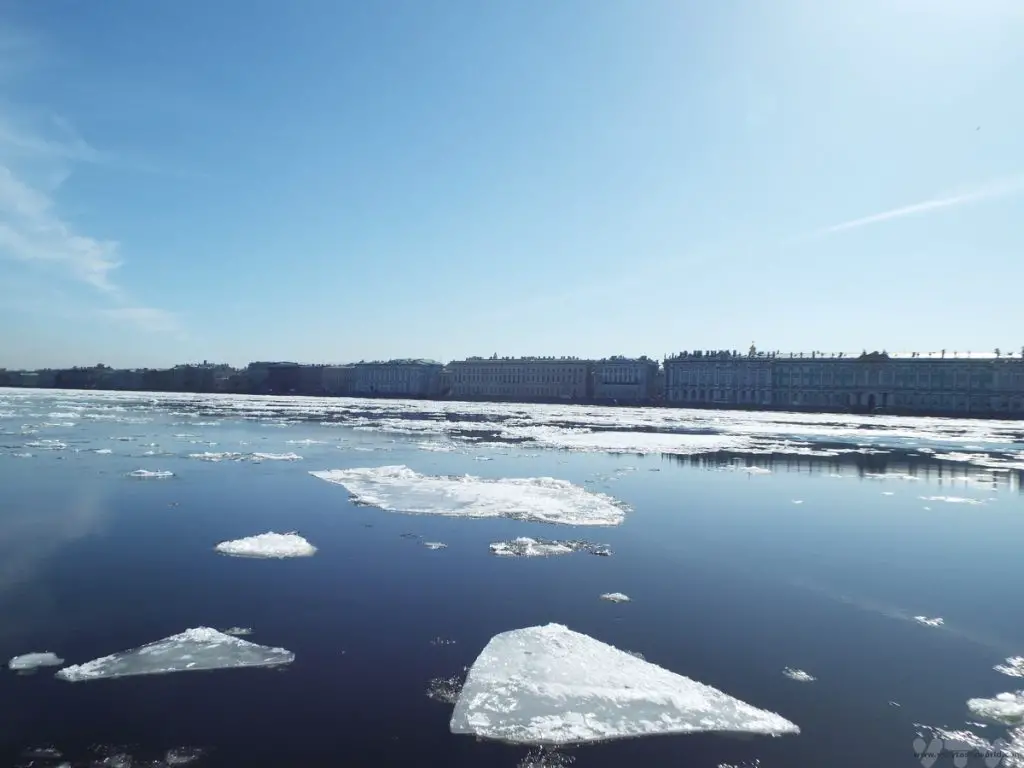
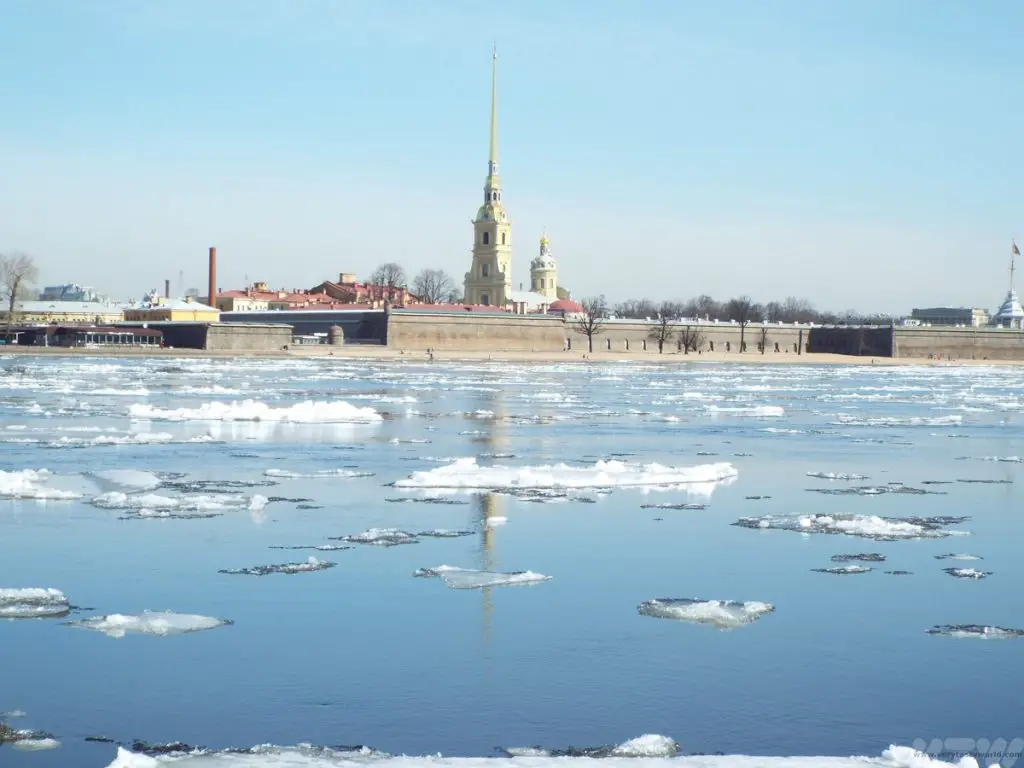
First on the itinerary was a St Petersburg City tour and a visit to the Peter and Paul Fortress. This is effectively the birthplace of the city, its citadel. It is located on Zayachy Island (Hare Island), across the Neva River. You will see lots of hare sculptures around the island. It was founded by Peter the Great in 1703 and built as a star fortress between 1706 and 1740. Curiously, while it was constructed secure Russia’s position on the River Neva, it was never used as a fortress and its cannons didn’t fire a single shot for over 200 years… until the 1917 Revolution.

The Cathedral of Saints Peter and Paul is a remarkable construction and the oldest church in St. Petersburg. It is home to the graves of nearly all of Russia’s rulers since Peter the Great. Of particular interest are those of the Romanov dynasty, the last of the Tsars.
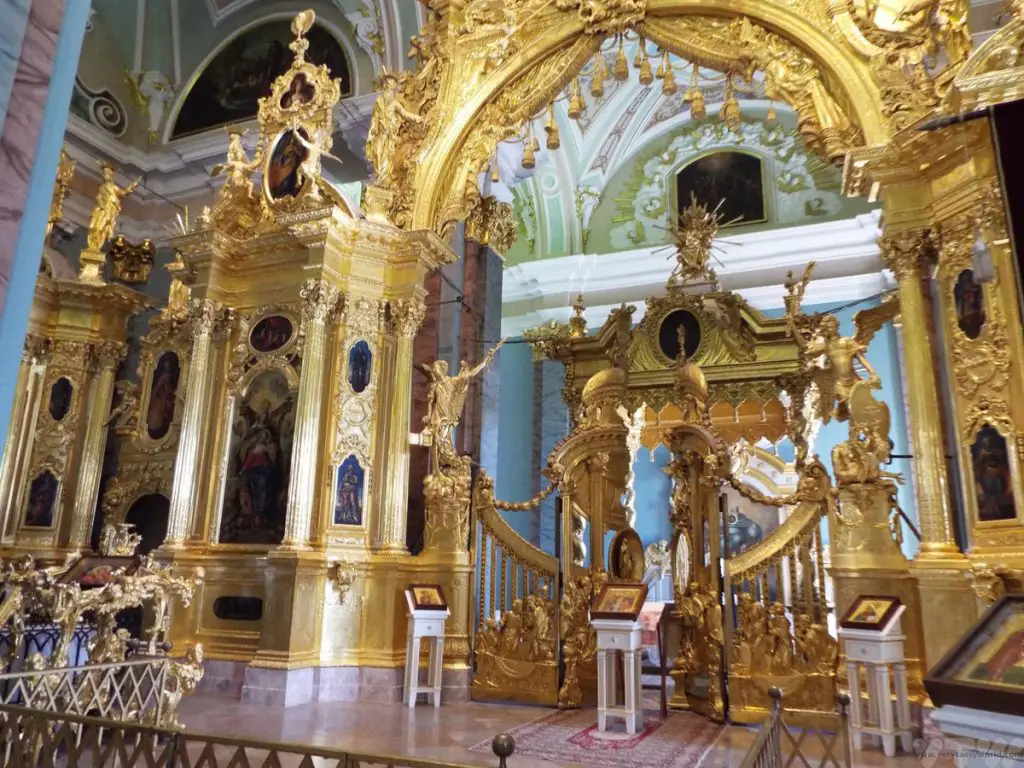
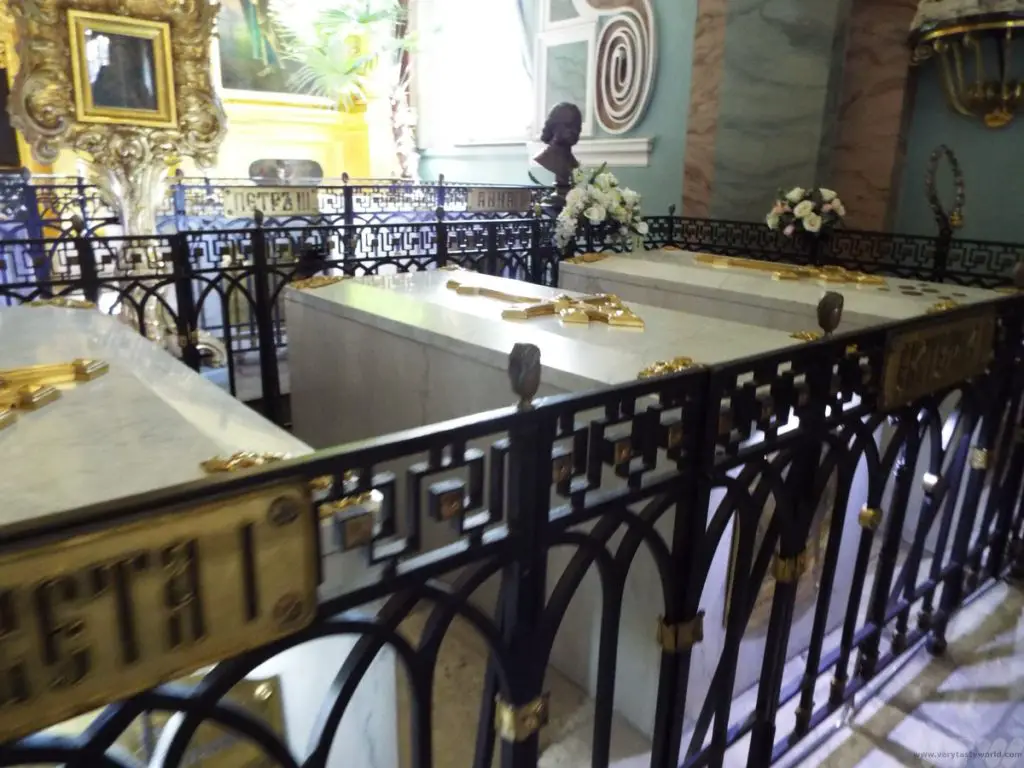
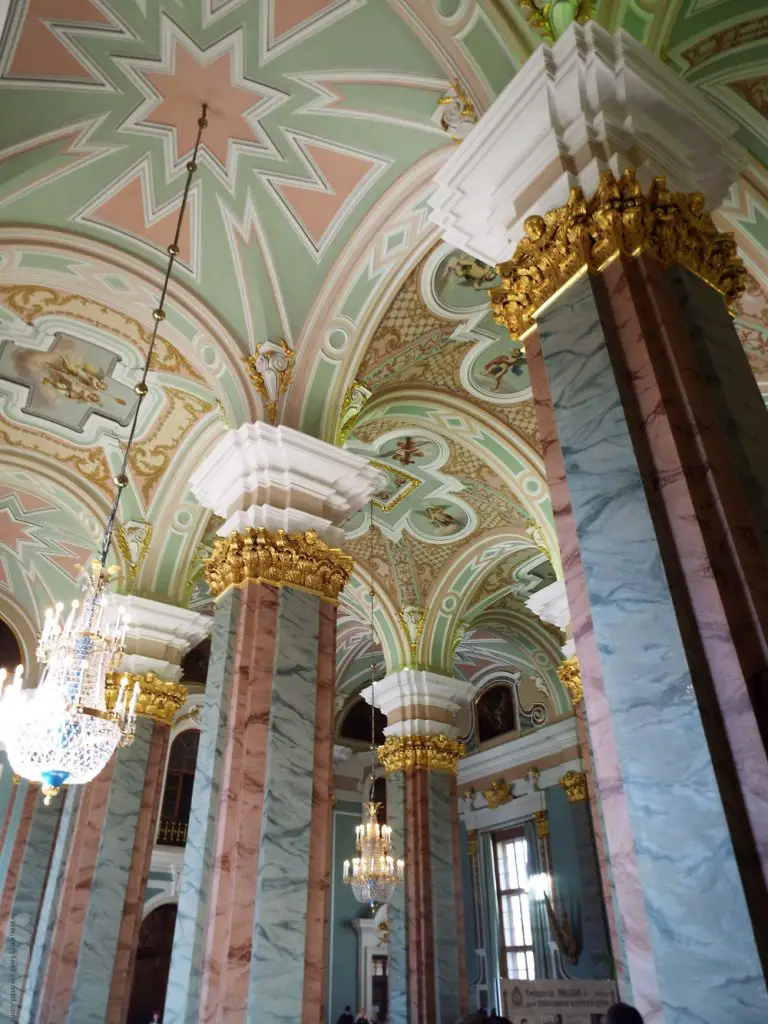
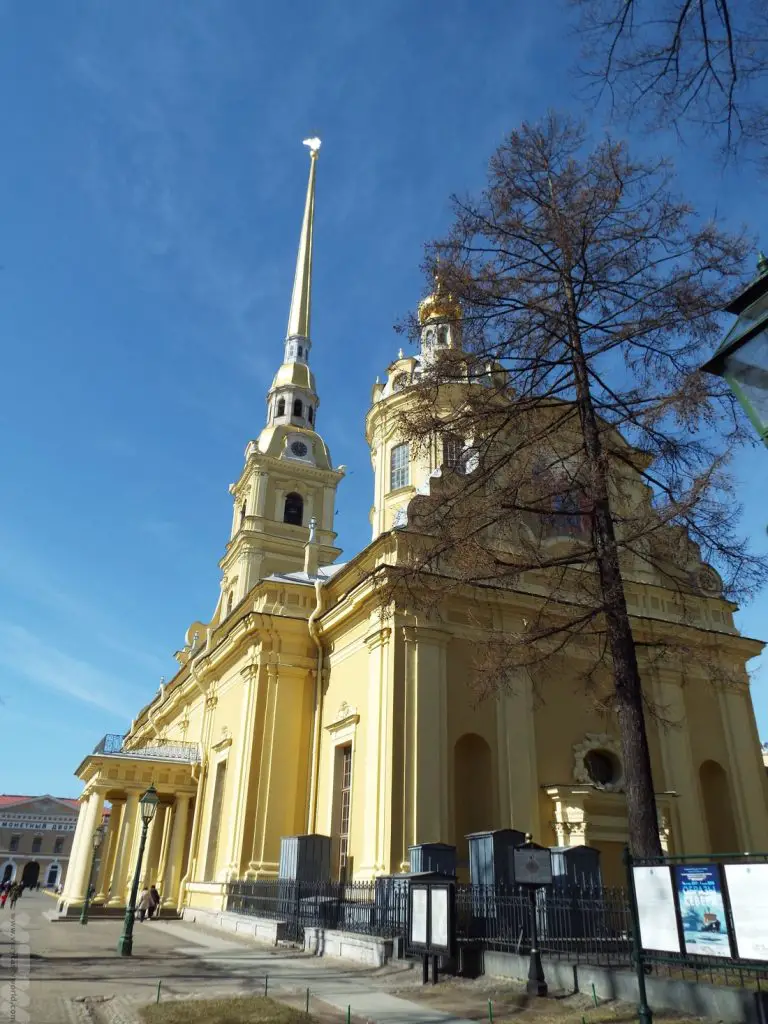
The fortress was also a prison and it is possible to visit the cells and learn about its grim history. Its more famous inmates included Peter the Great’s son Alexei, Lenin’s brother Aleksandr Ulyanov and renowned writer Fyodor Dostoevsky. Outside the walls of the fortress are the “polar bears” who sunbathe in sub-zero temperatures.
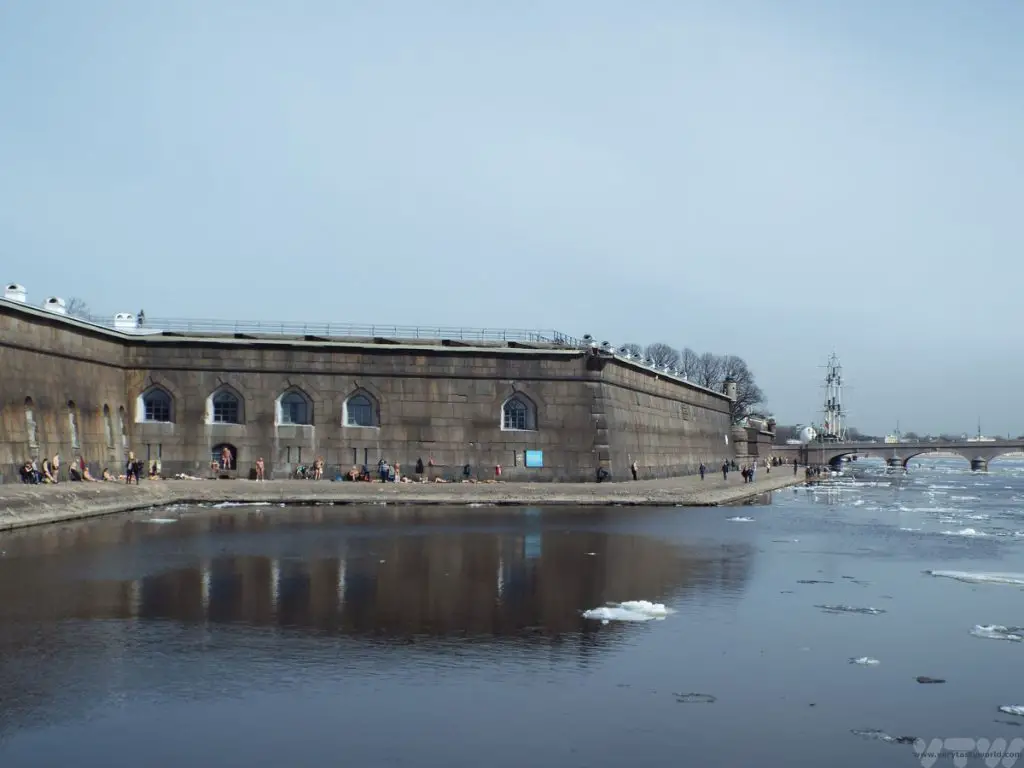
After a brief lunch we headed out of the city to Tsarskoe Selo (Pushkin) located 25km away, to the south. We spent some time exploring the Catherine Palace which was named after Catherine I, the wife of Peter the Great who ruled Russia after her husband’s death, for just two years. The original building, commissioned by Peter in 1717, was a modest construction. It was their daughter, Empress Elizabeth, who decided that Tsarskoe Selo would be her primary summer residence and she commissioned the extravagant and opulent building.
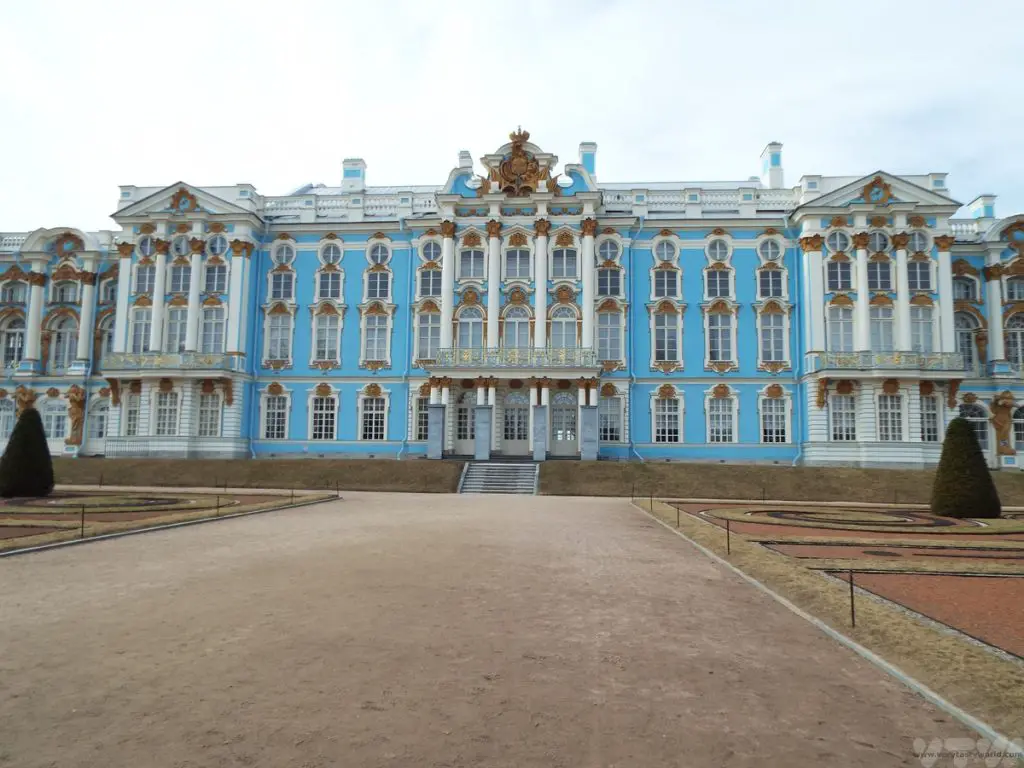
The ballroom and Amber Room (the only place that photos are not allowed is the Amber Room) are astonishing in their magnificence and you can imagine the sheer decadence of life in the palace. We visited out of season and it’s worth noting that this is a very popular tourist attraction and there are often long queues in the summer.
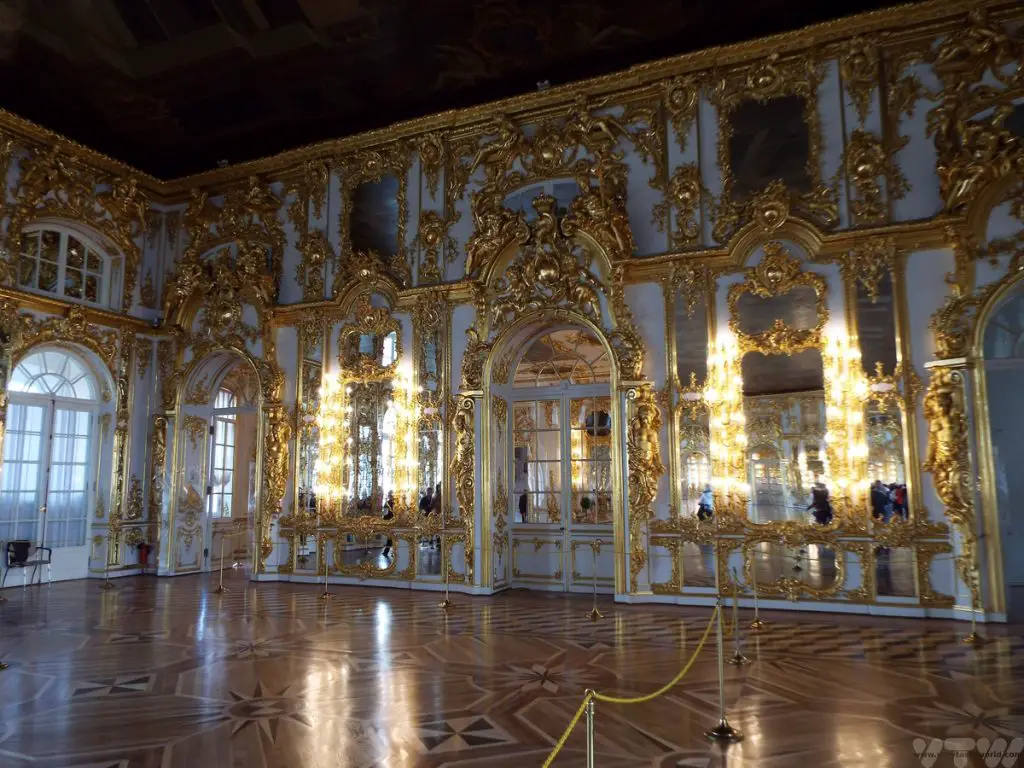
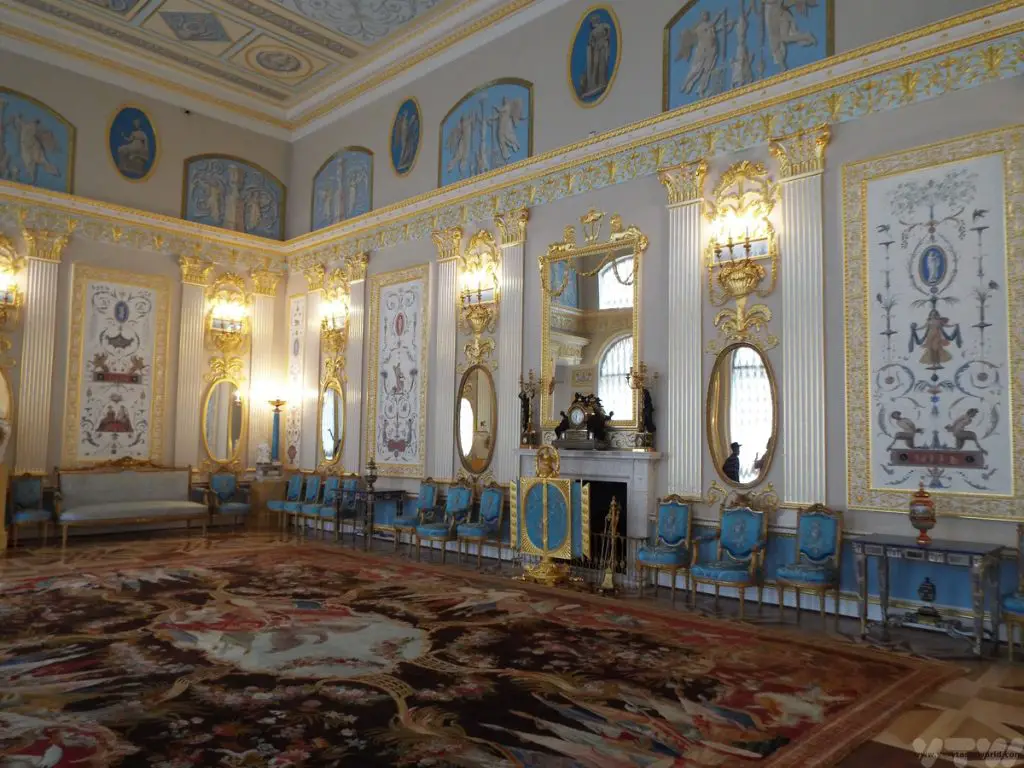
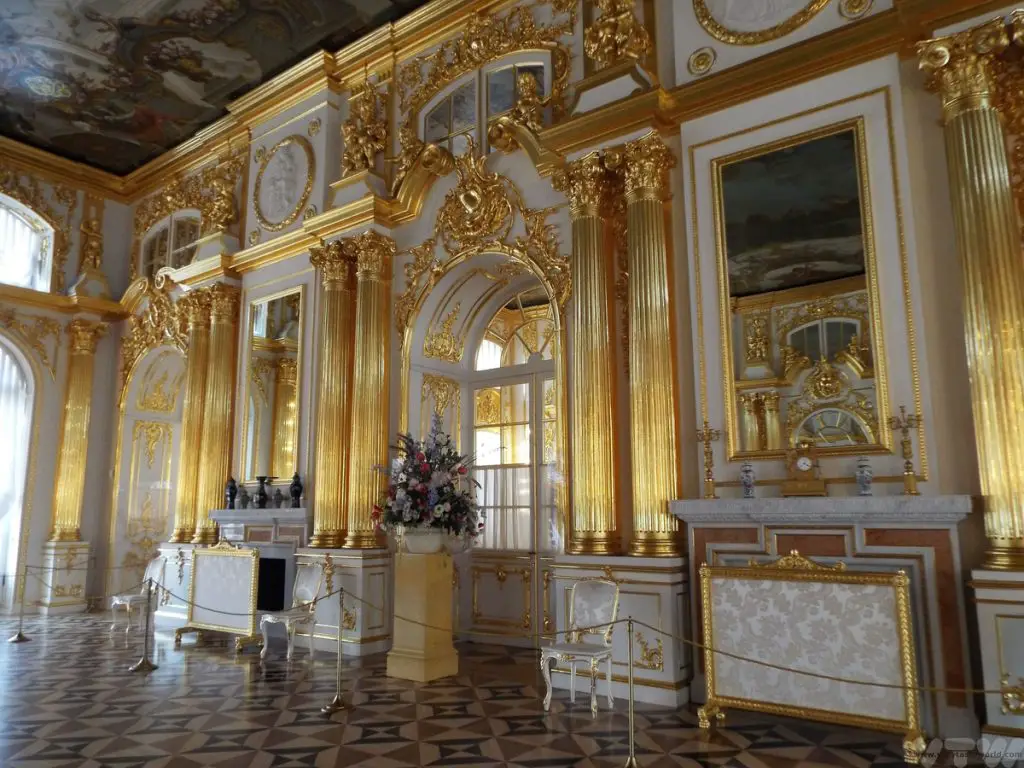
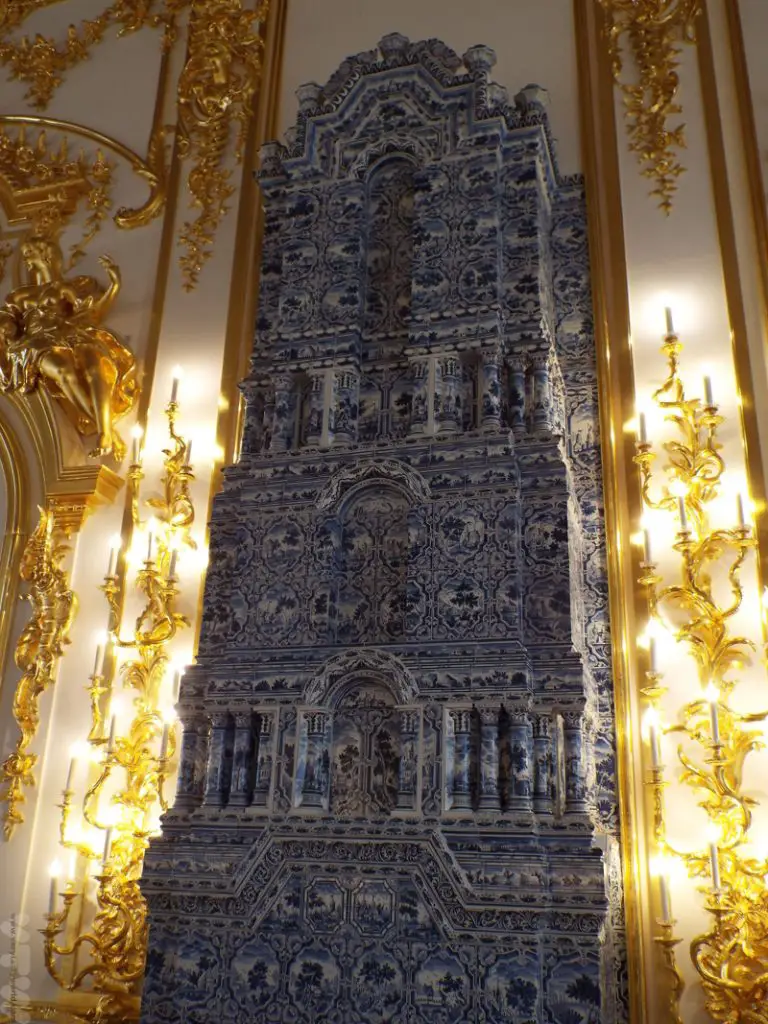
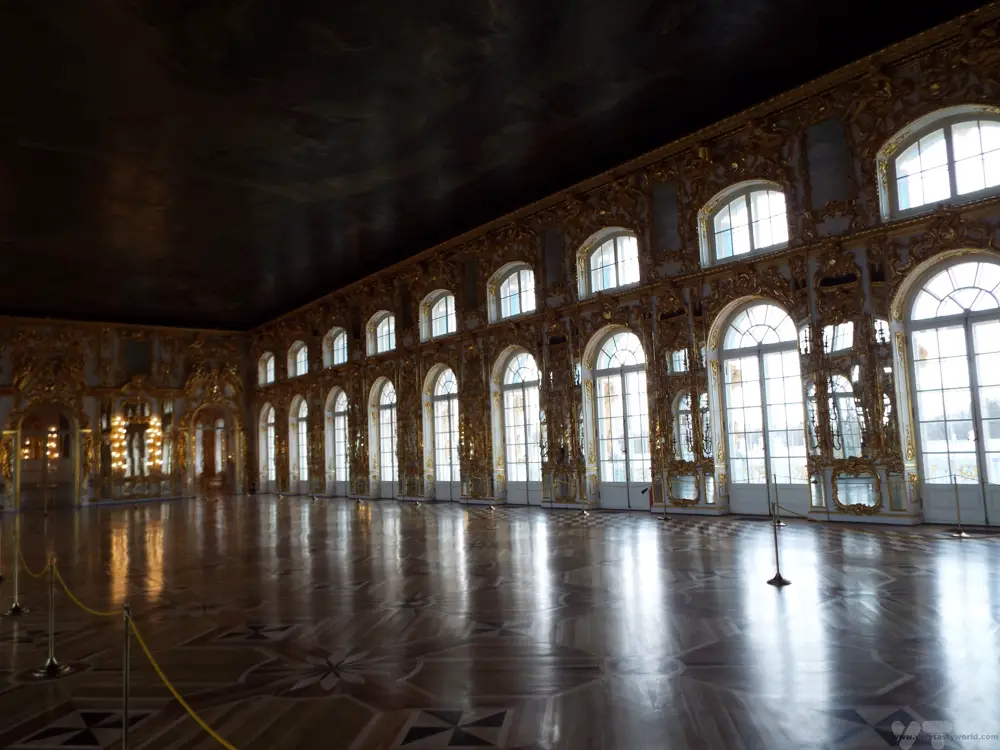
We also visited the exterior of the Alexander Palace which was the residence of Nicholas II, the last Russian Tsar, and his family. Its location outside St Petersburg meant that it was considered to be a safer residence than the Winter Palace in the heart of the city. However, it was the place where the family were initially held under house arrest immediately following the Russian Revolution before they were relocated to Tobolsk and eventually executed.
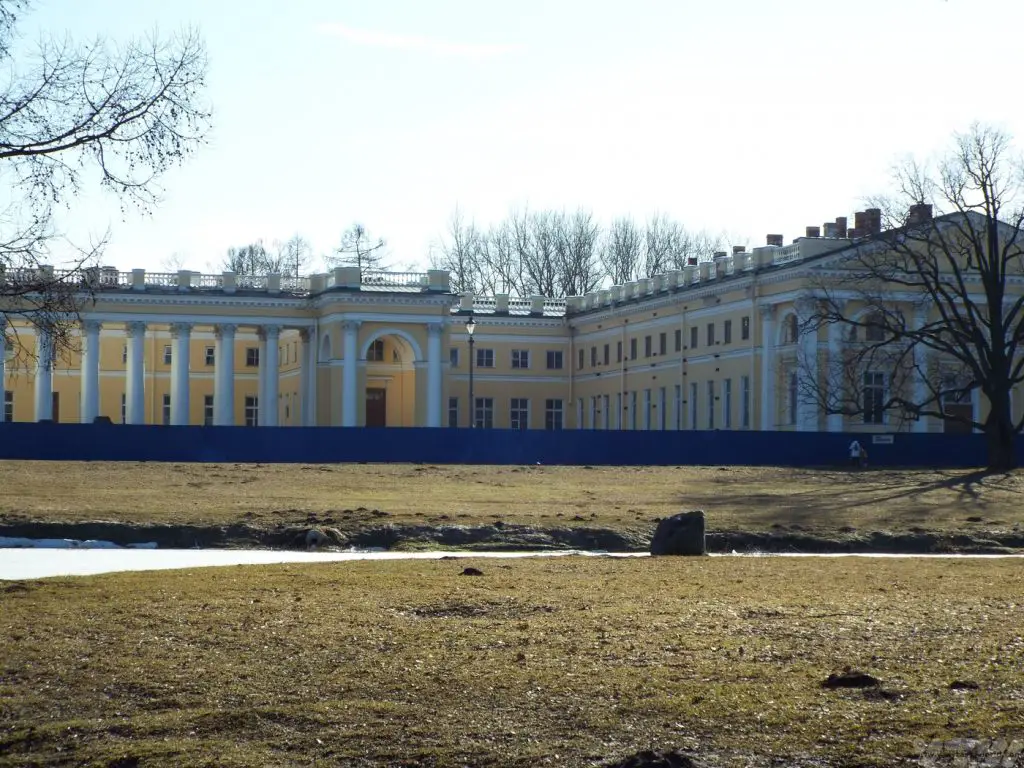
On our return to the City, we had a few hours in the evening to explore on our own and get a meal. Then we were picked up and taken to the railway station. As part of the tour our tickets had been pre-arranged and we were taken to the platform to ensure we caught the right train.
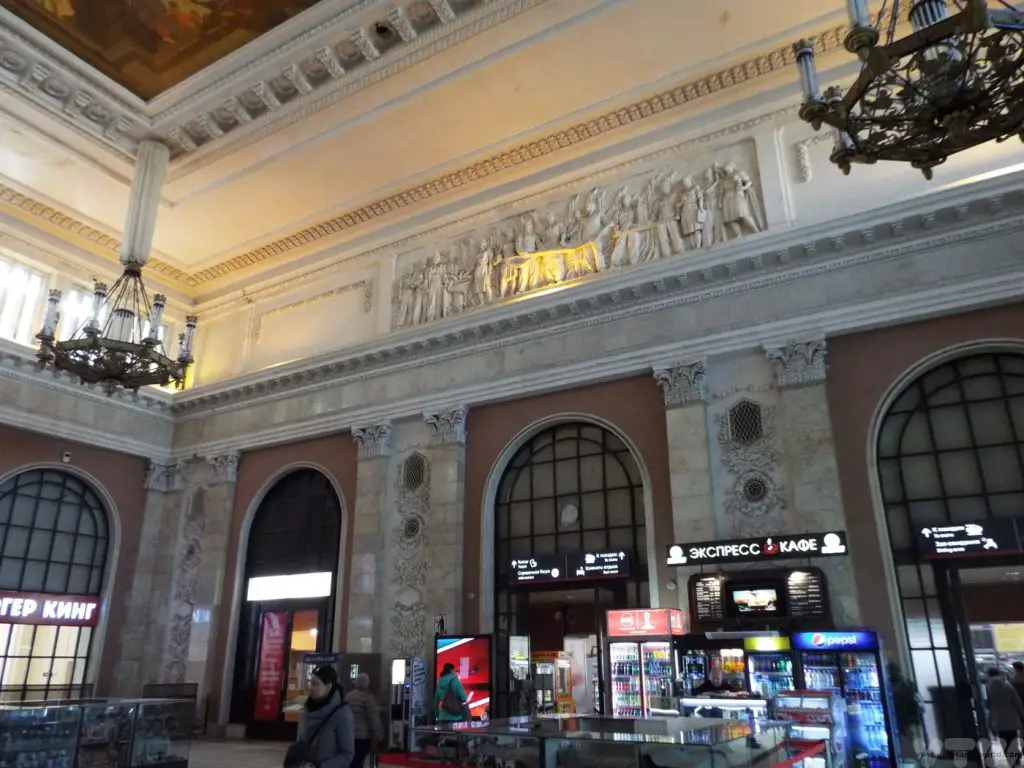
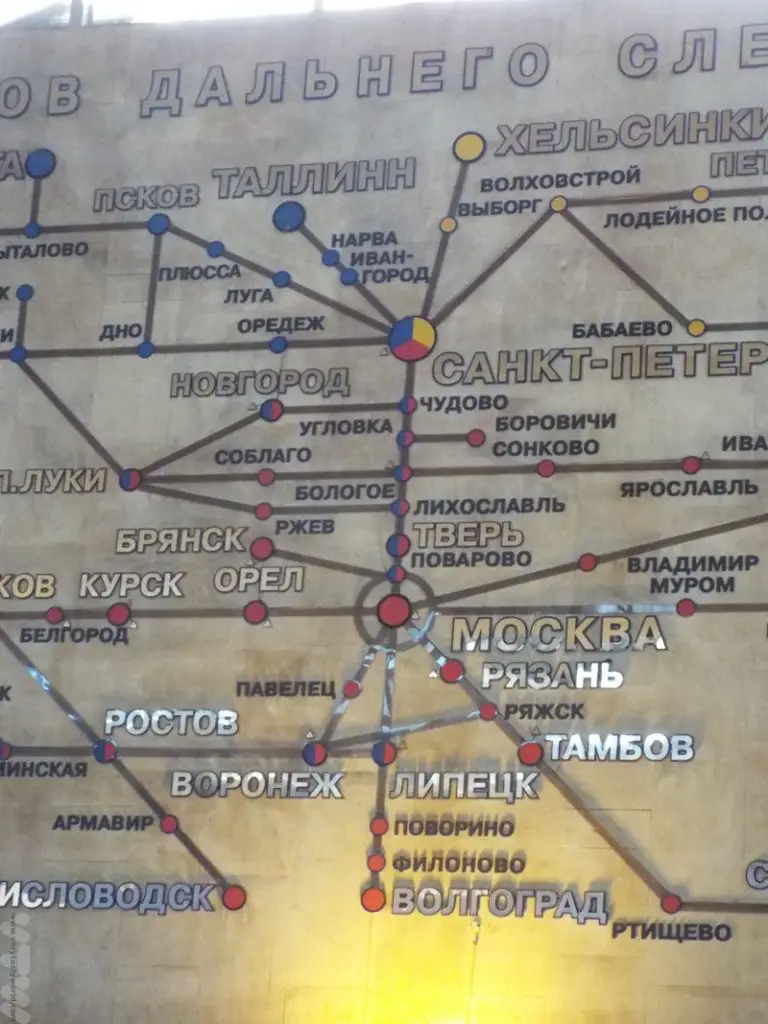
To contrast with our basic ferry cabin, we treated ourselves to a bit of luxury on the train. We caught the 23:40 ‘Grand Express’. It has been described as hotel on wheels. Our cabin’s seating converted to almost a double bed width and also included a table where we could dine and had a private shower room and toilet. A TV was available too. Breakfast was included (pre-ordered as we checked into the train via the carriage’s steward) so that we could dine the following morning as we made our way into Moscow.
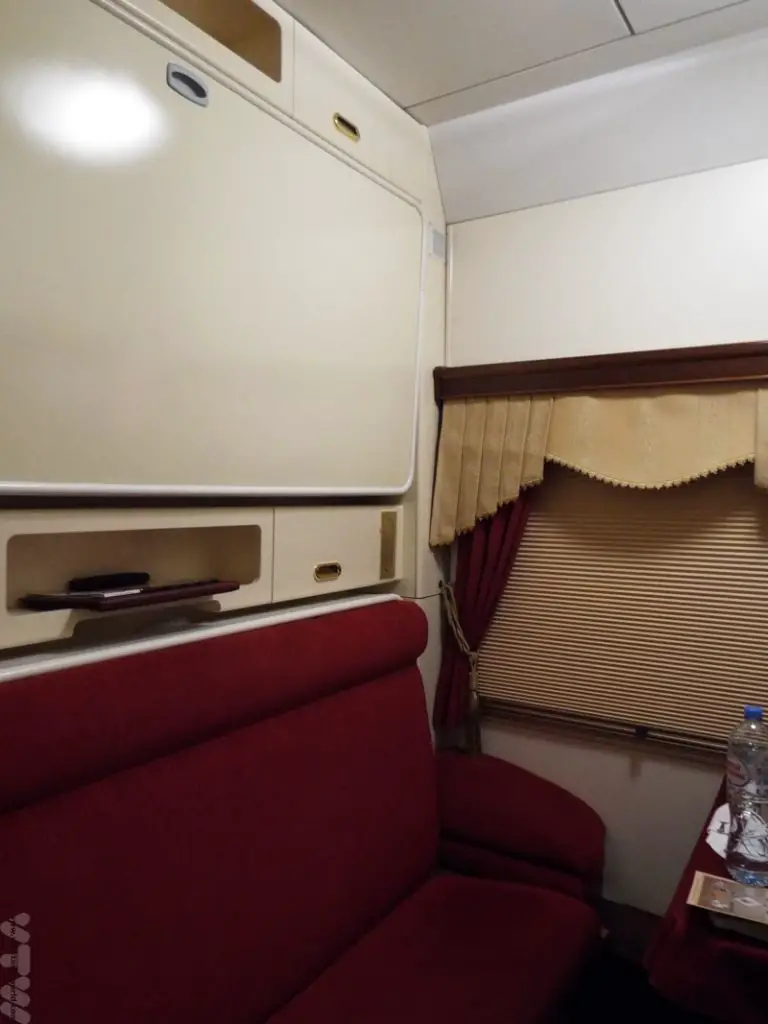
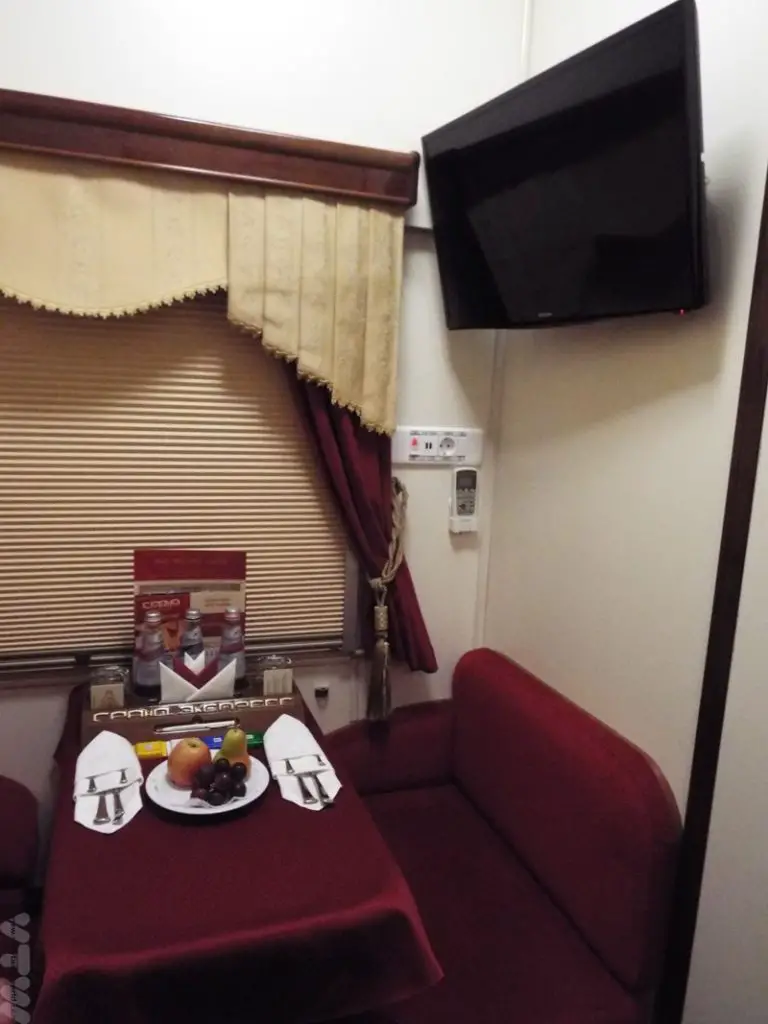
The ‘Grand Express’ train also has standard compartments carriages of 1st (2 berth) and 2nd (4 berth) class which are still very comfortable and somewhat cheaper. Some of the other cabins classes do not include breakfast but this is arranged on arrival in Moscow if needed.
Day Three – A Whistle-Stop Tour of Moscow
Our train pulled into Moscow Leningradskaya station at 08:30 the following morning, bang on time.
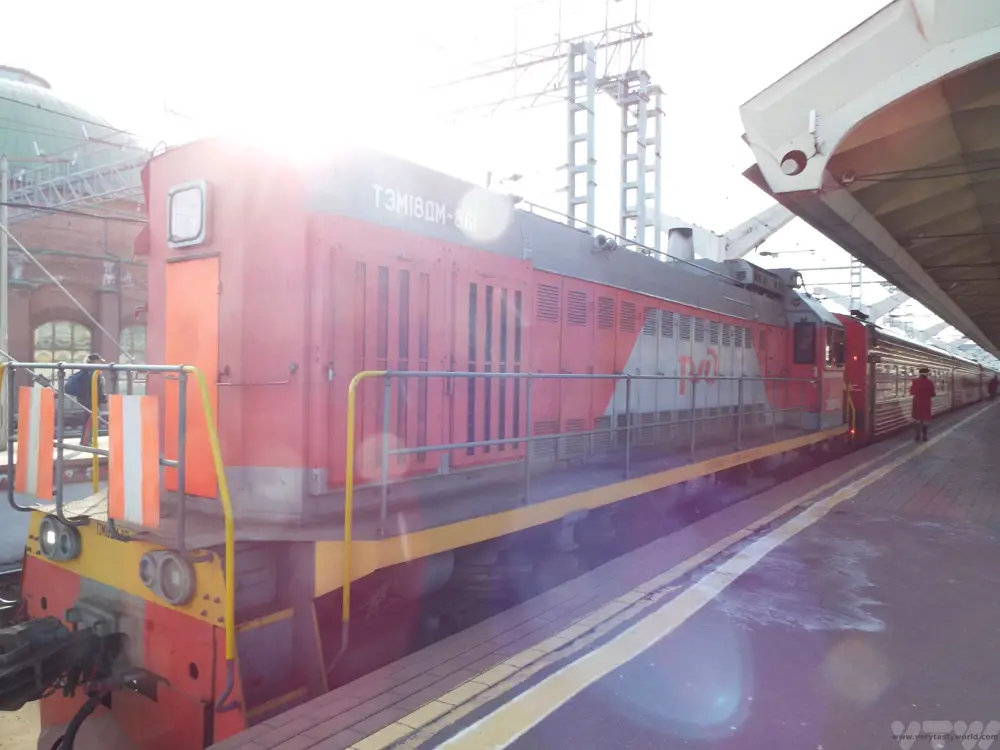
We were greeted and taken to a local hotel, the Katerina City Hotel Moscow, which had been booked for us for the day. This was a great idea. It meant that we could keep our luggage there and could also use the facilities. Breakfast is available if wanted. We were instructed to meet our guide for a city tour at 10am.
Our guide loved Moscow. She emphasised her passion for her city by declaring that, “St Petersburg is the head of Russia but Moscow is its heart.” With only a day in the city, the aim was to visit the major sites, so she bought us Metro tickets and we set off on a walking tour. Many of the stations on Moscow’s underground system are stunningly beautiful and, as we had a Metro pass to travel freely, we explored some of the more interesting stations. It’s not unreasonable to assert that some of these glorious stations are art galleries in themselves.
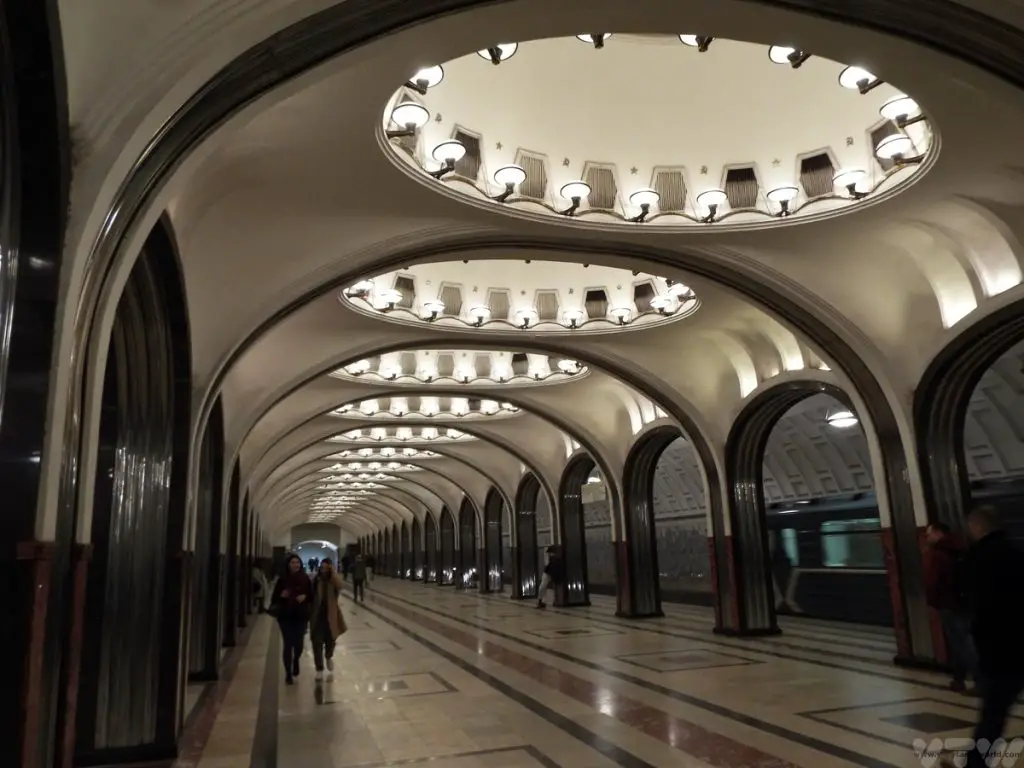
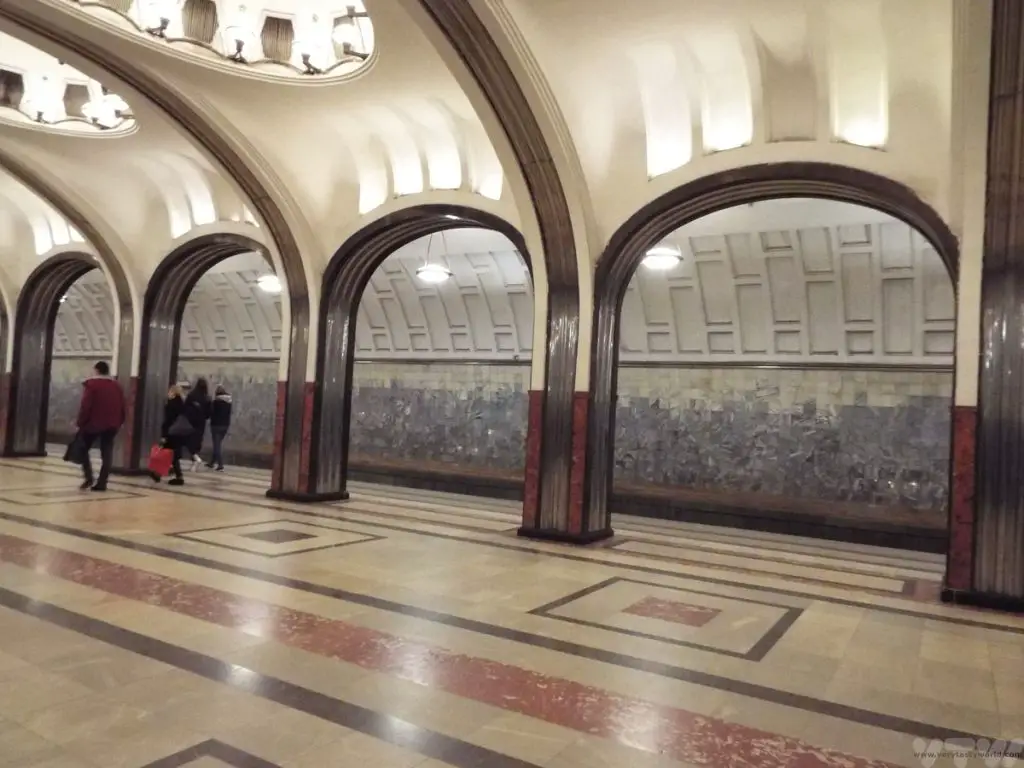
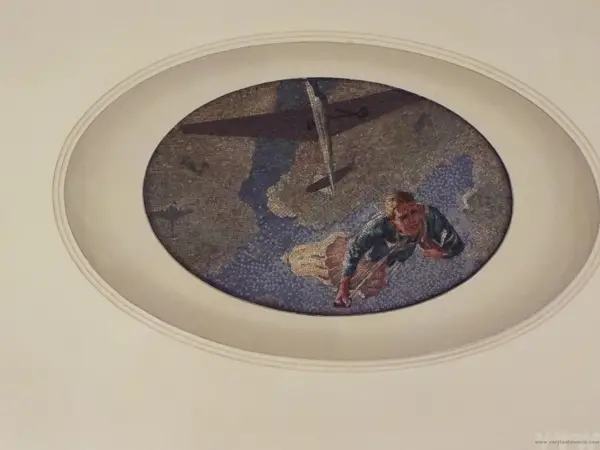
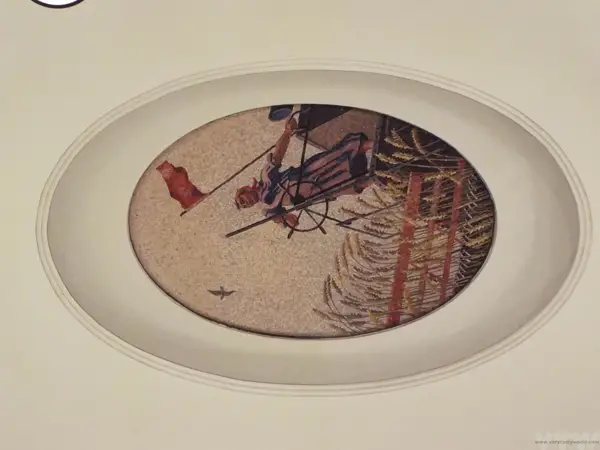
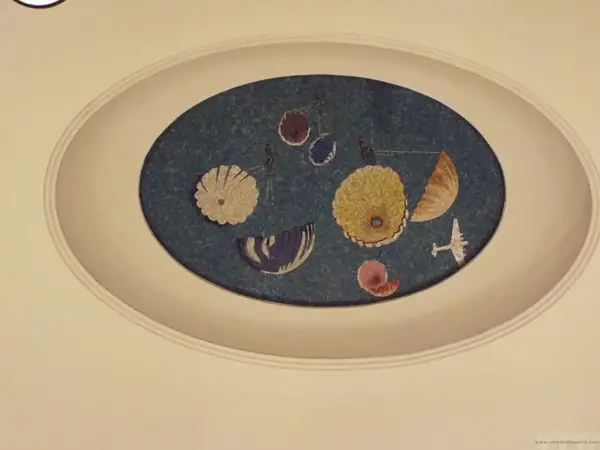
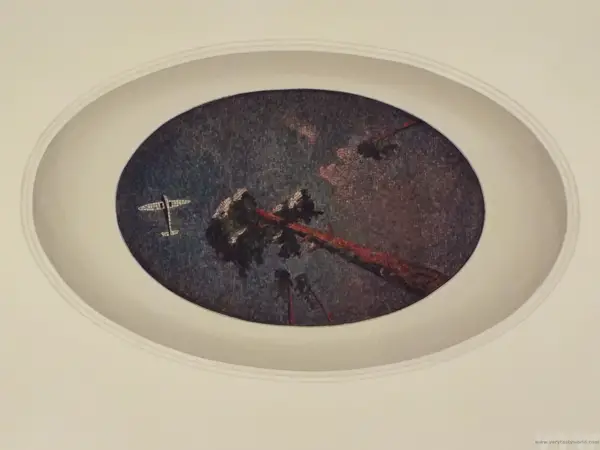
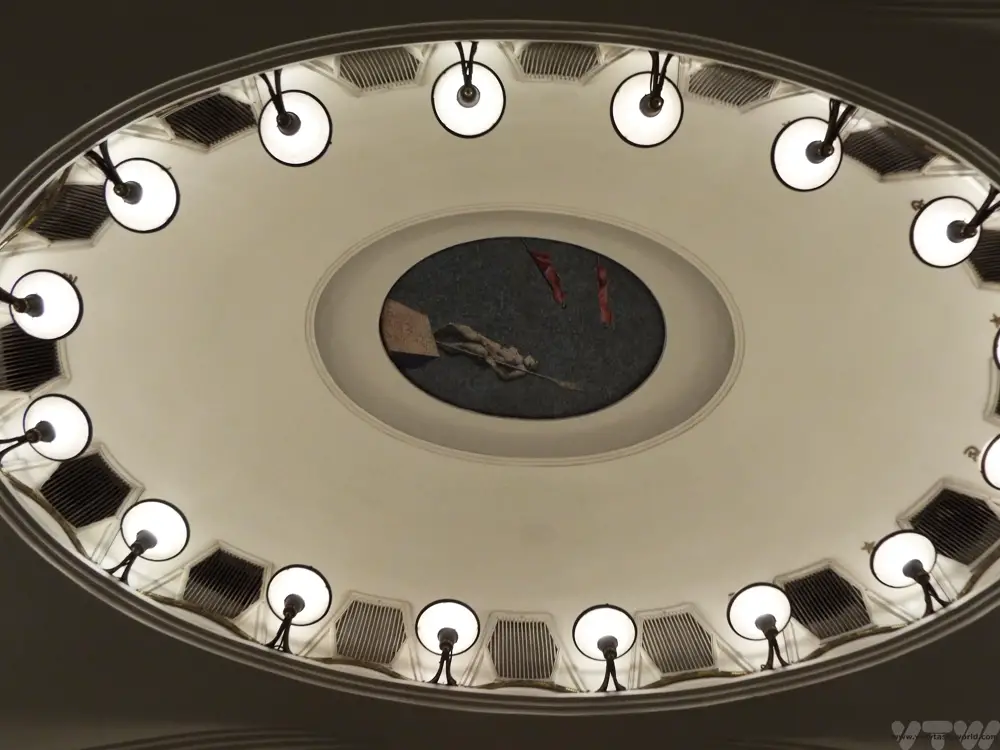
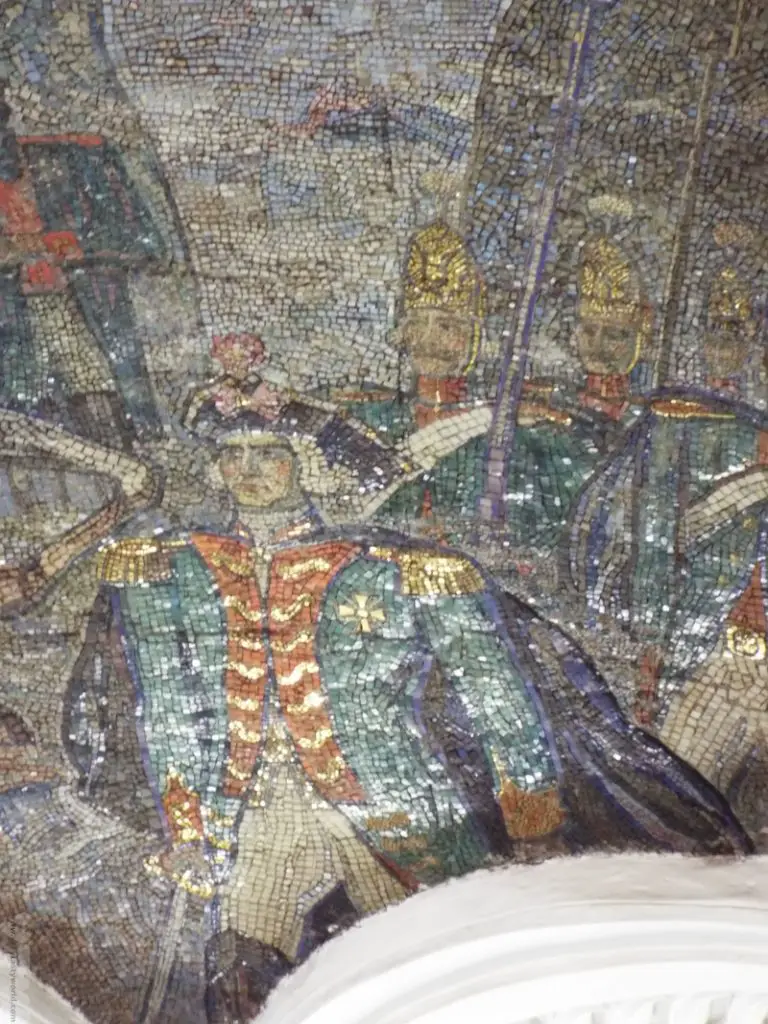
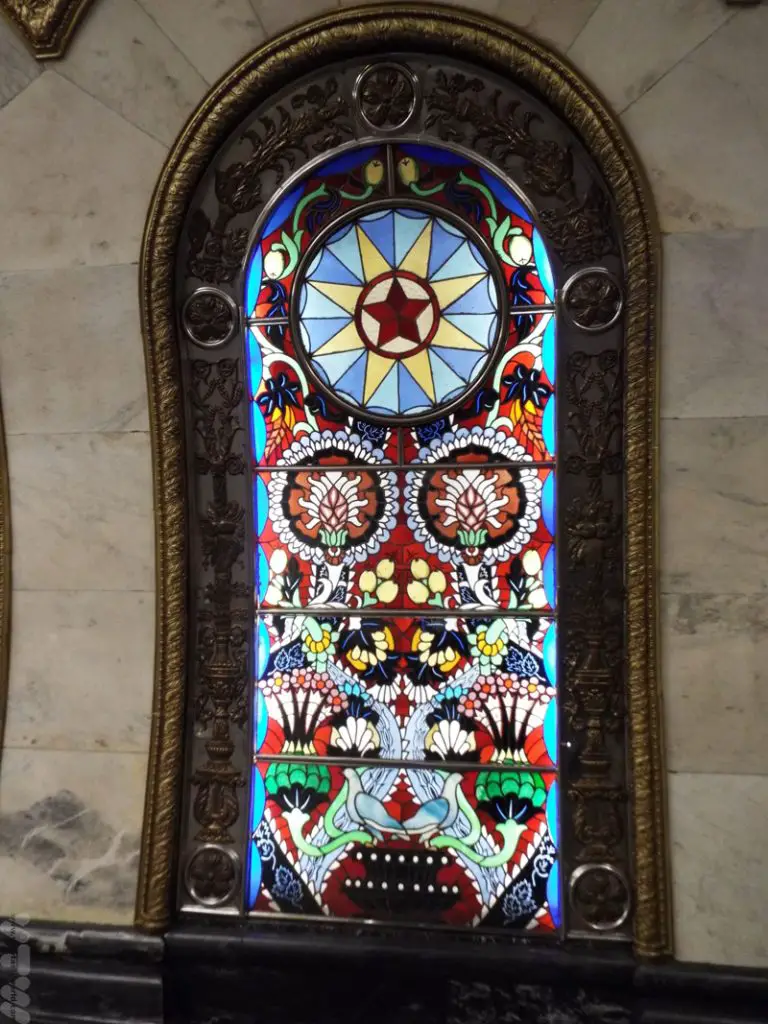
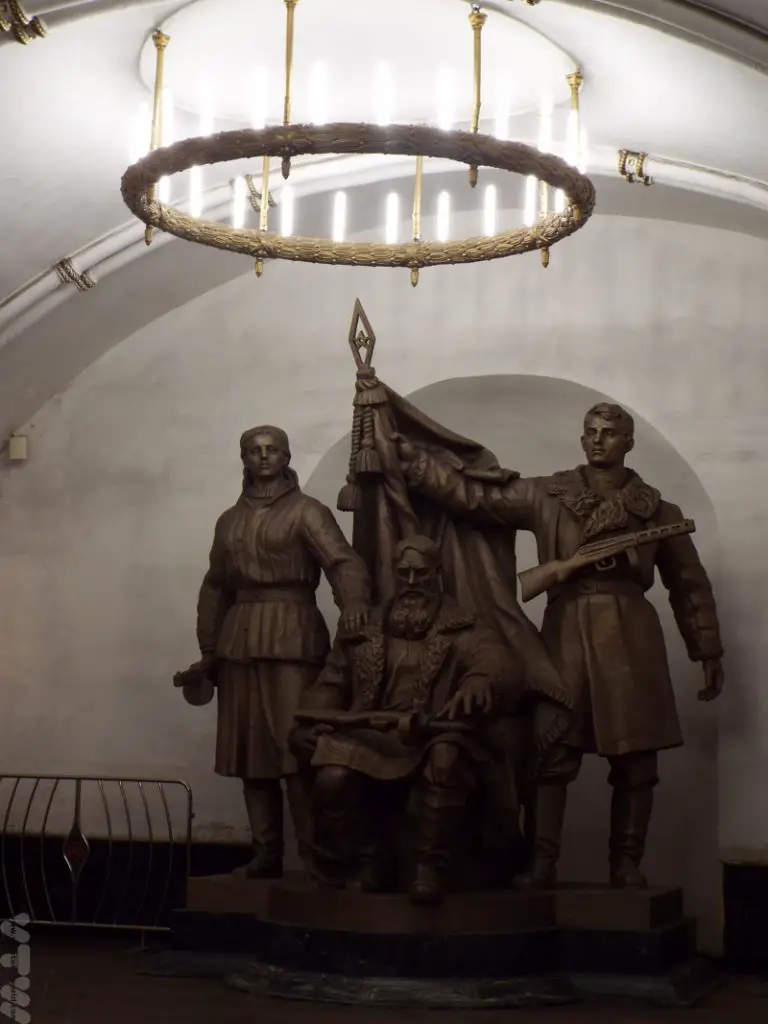
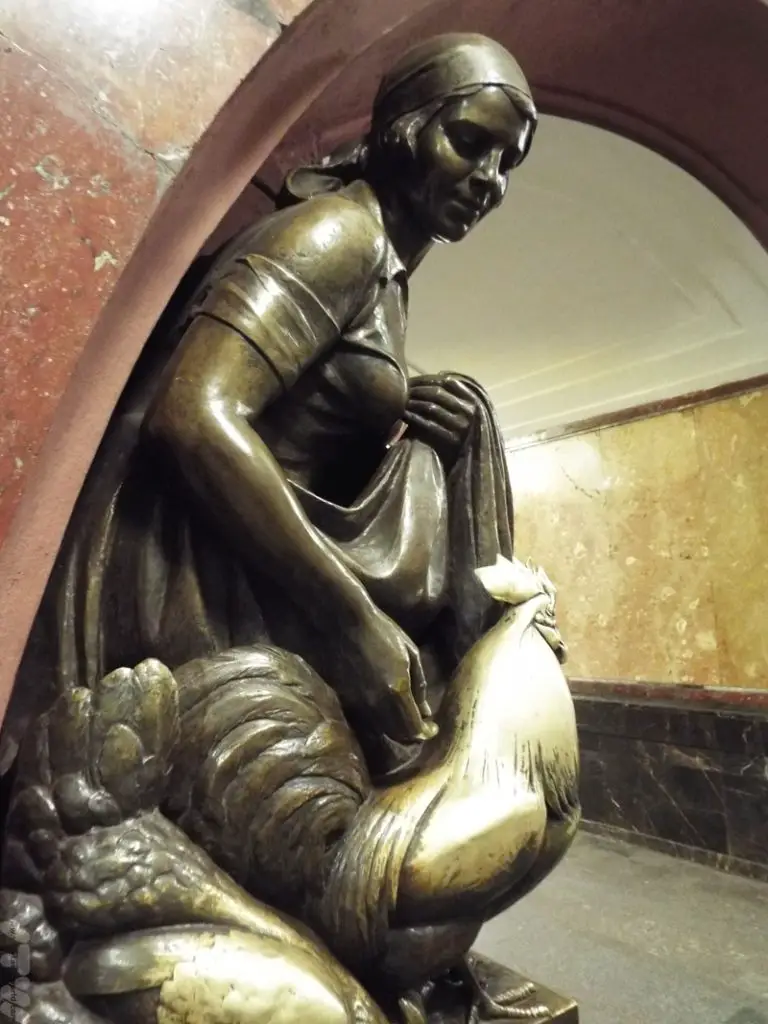
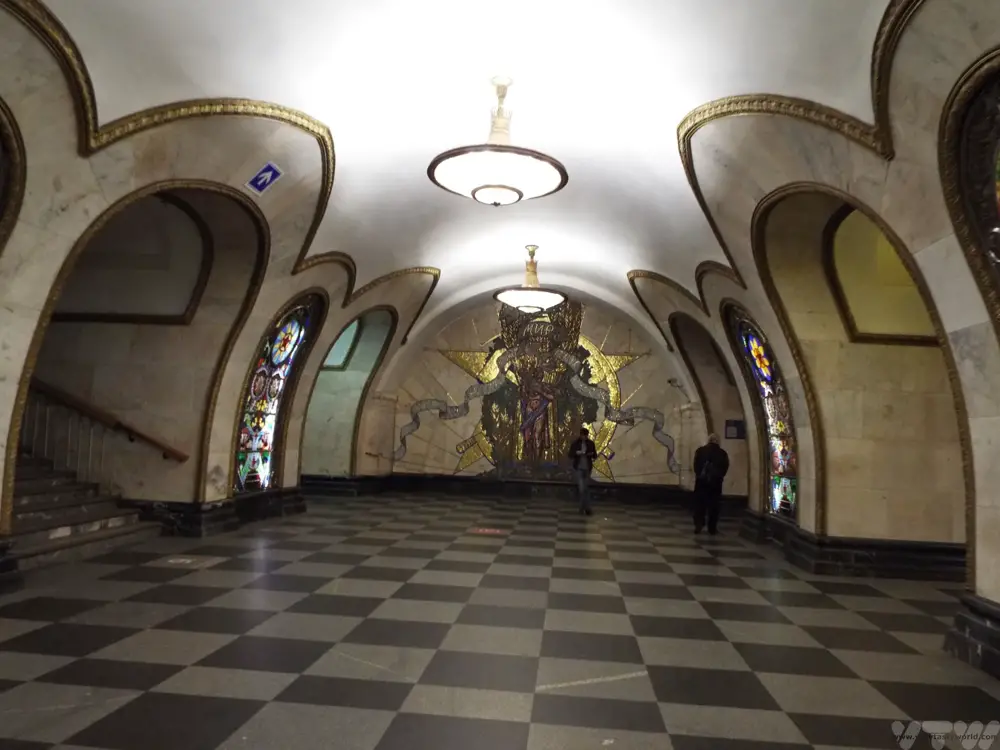
Then we made our way to Red Square. It is one of the world’s most iconic public spaces, bordered by the eastern red walls of the Kremlin, the colourful onion domes of St Basil’s cathedral and the megastore GUM.
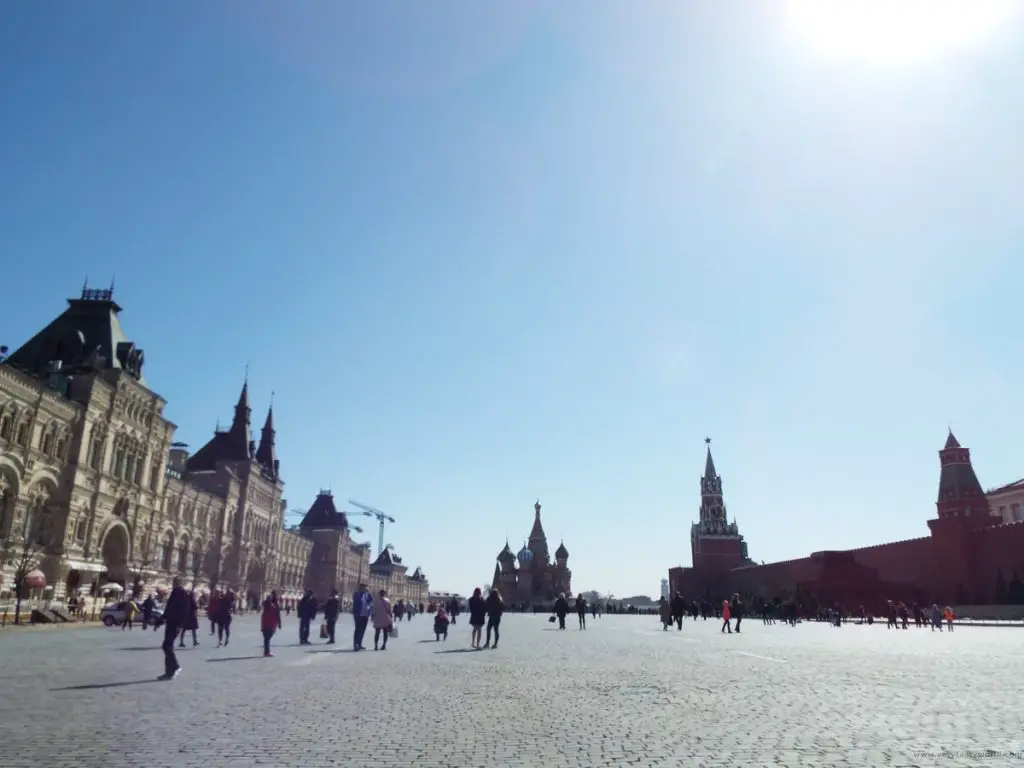
It’s worth noting that Lenin’s tomb is not open on Fridays, so you need to take that into account when planning your trip if you wish to visit and see the preserved body of the founder of the Soviet Union.
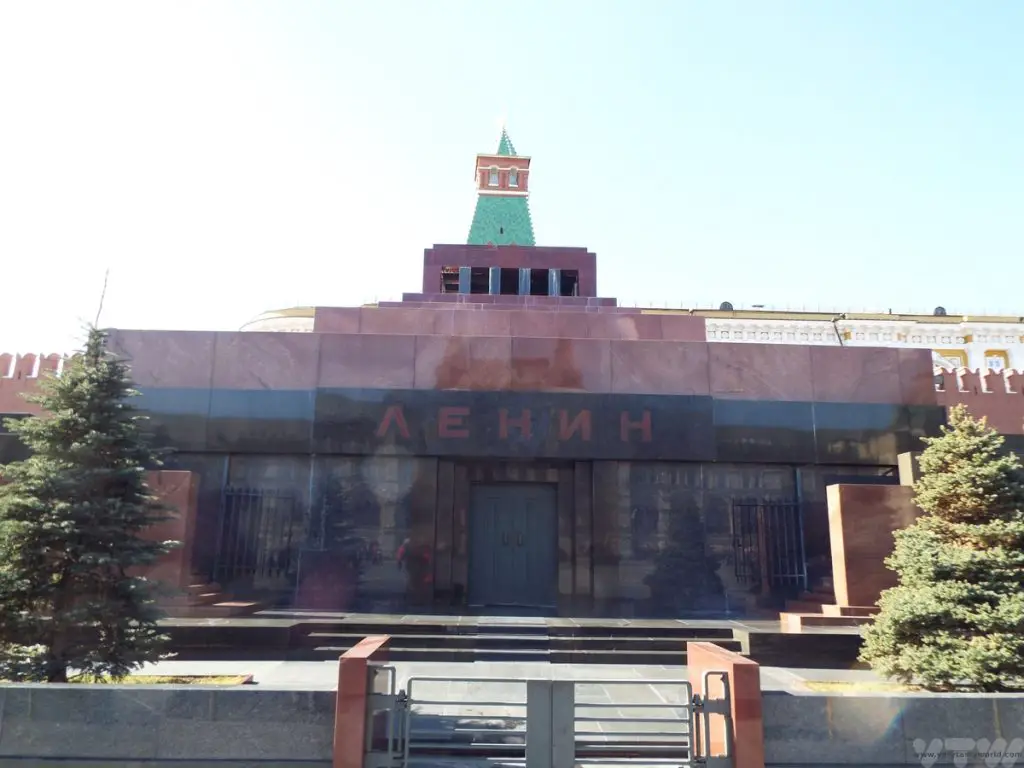
St Basil’s Cathedral, aka the Cathedral of Vasily the Blessed, and officially Cathedral of the Intercession of the Most Holy Theotokos on the Moat, is so very, very beautiful and it was a special place to visit. Ivan the Terrible (who our guide insisted should have been named Ivan the Awesome) commissioned the building and it was constructed between 1555 and 1561.
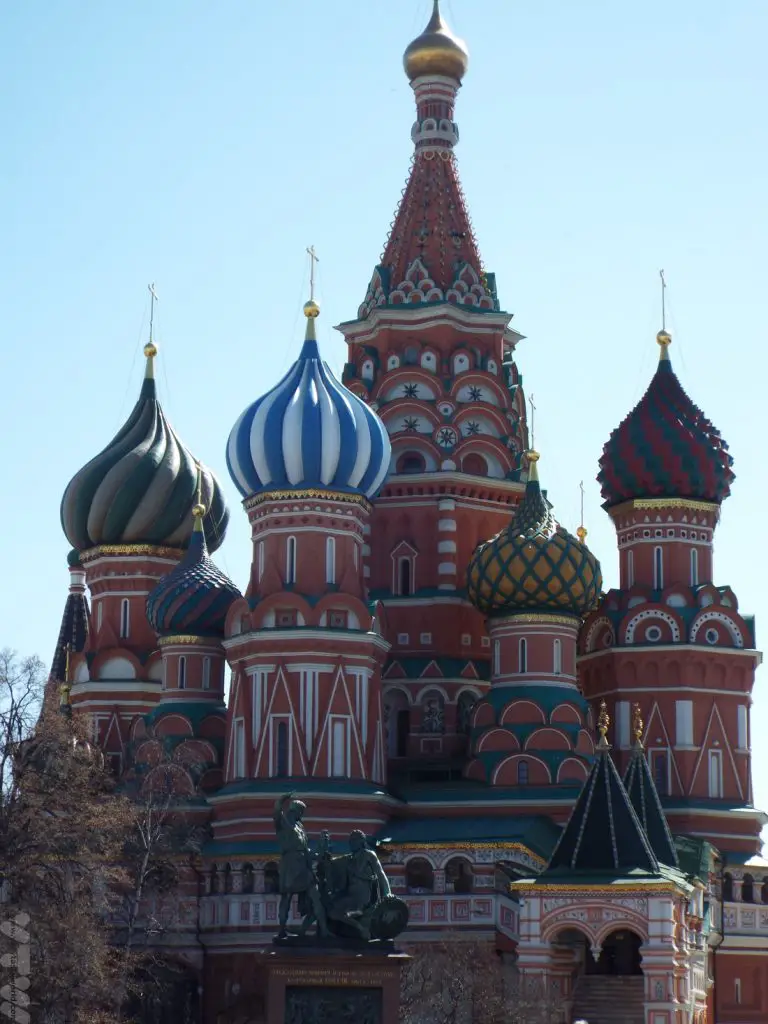
We had imagined it to have a vast interior but in fact it comprises several chapels: eight chapels located around a central chapel. An additional chapel was built some years later over the grave of the Saint Vasily (Basil), a local saint who was highly revered. The Soviet Union had a policy of state atheism so the cathedral was secularised during this time and is now a museum, although Orthodox Christian services with prayers to St. Basil now take place on a weekly basis.
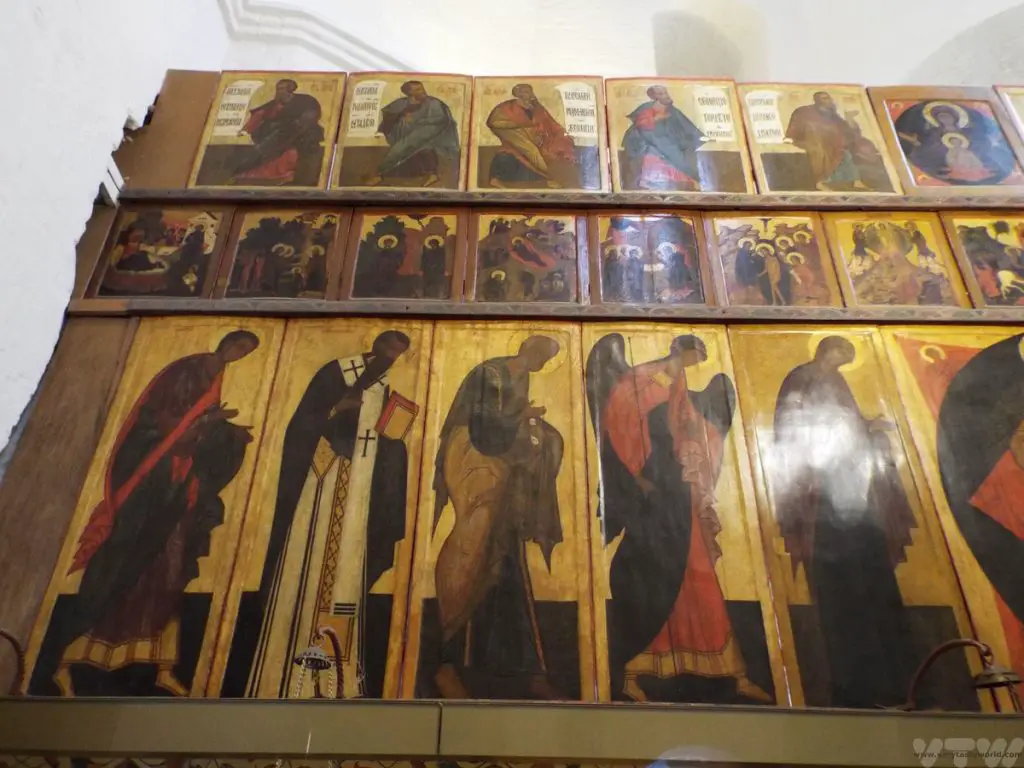
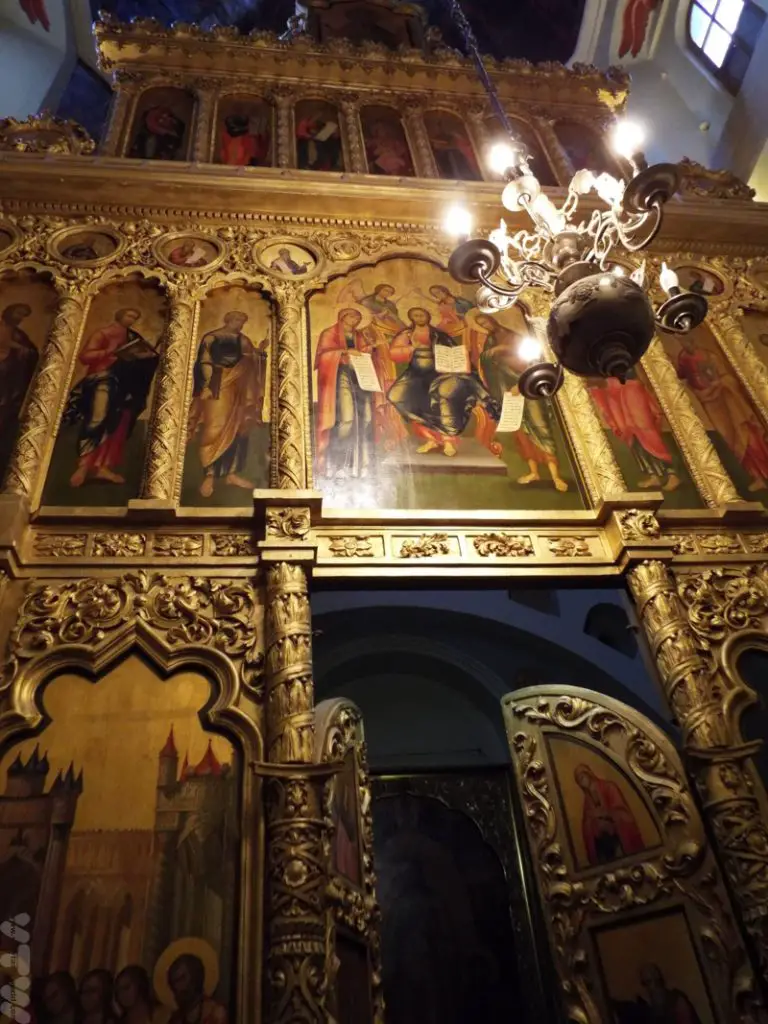
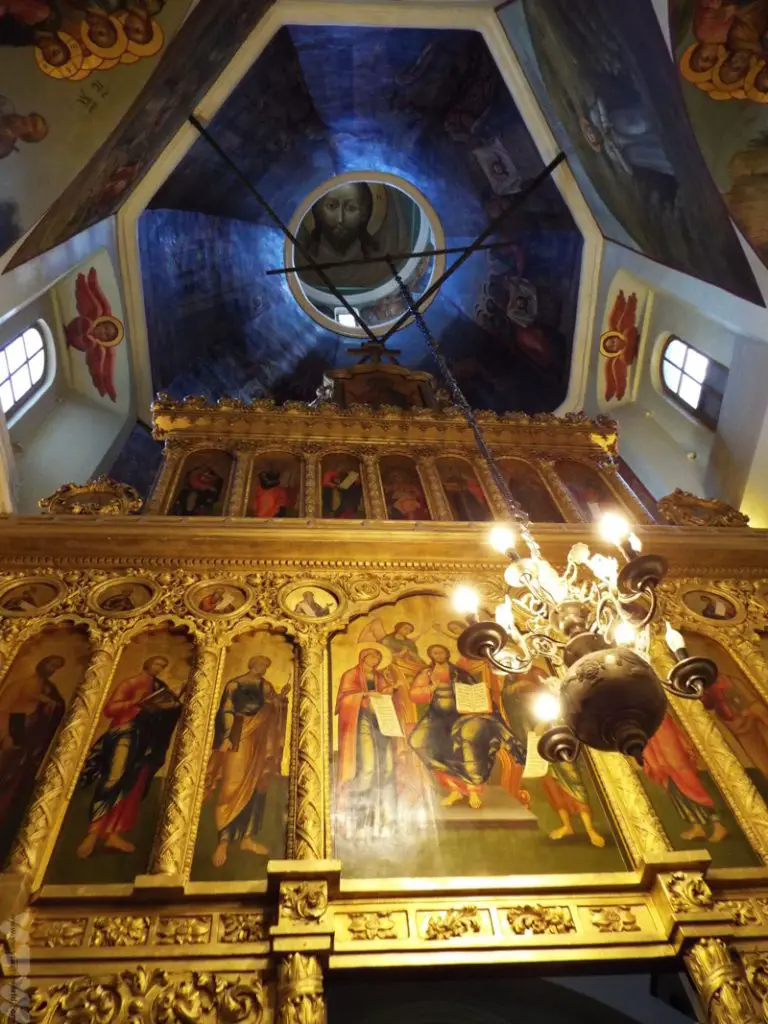
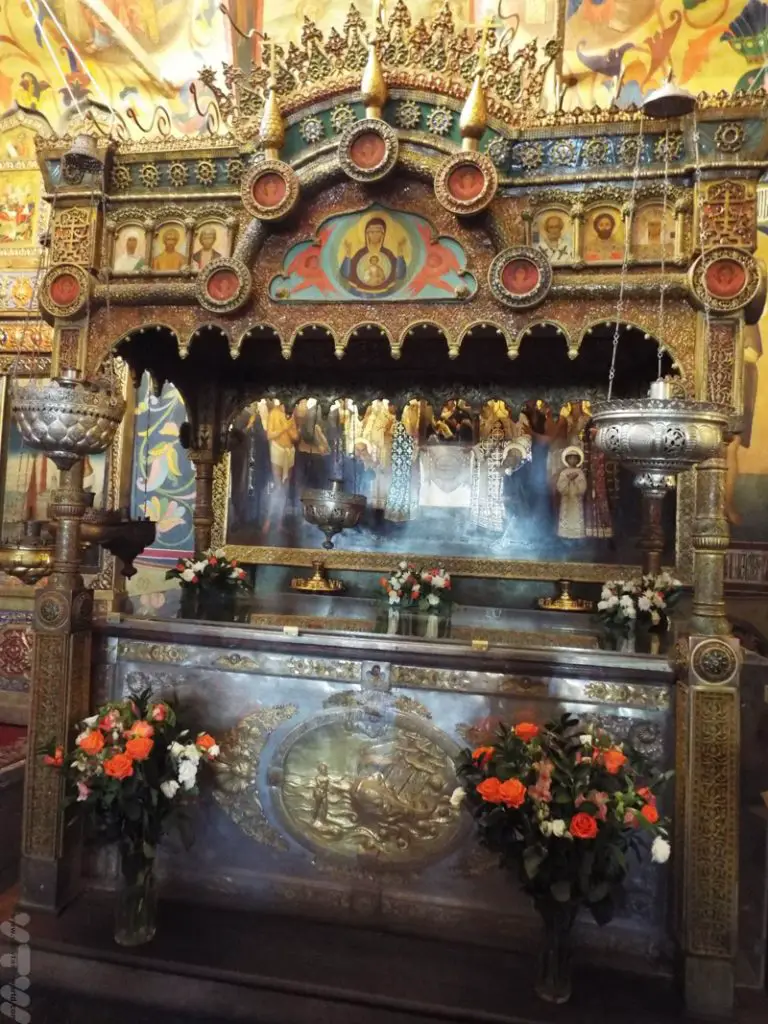
We also visited GUM, an enormous department store, and enjoyed its amazing architecture.
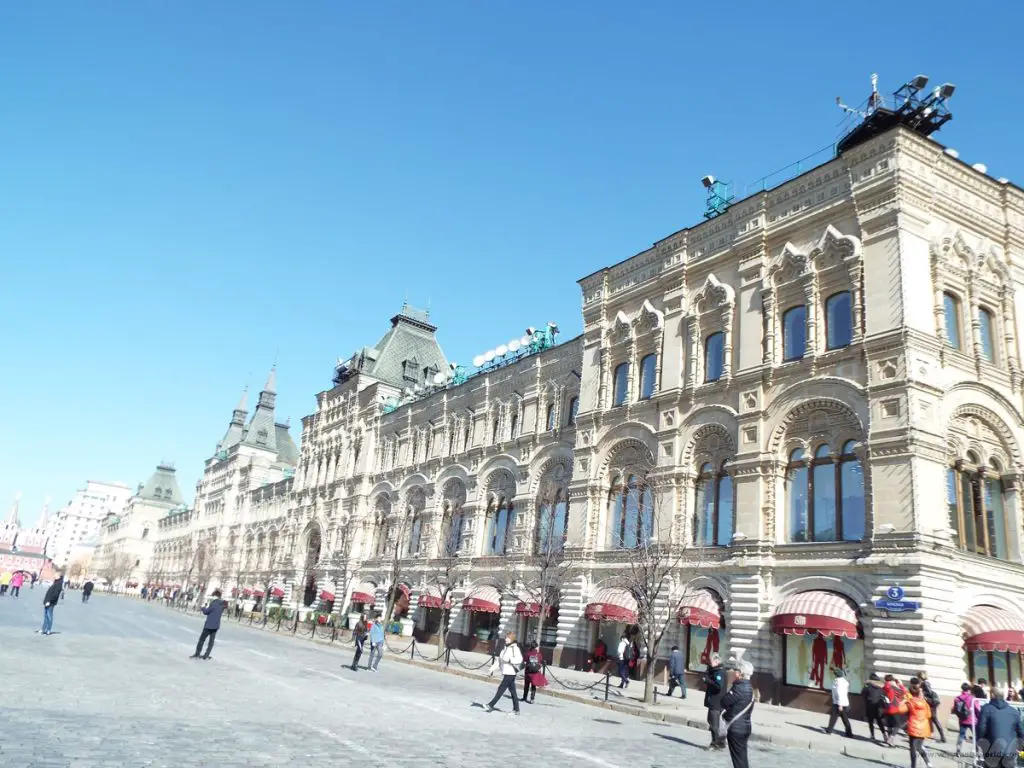
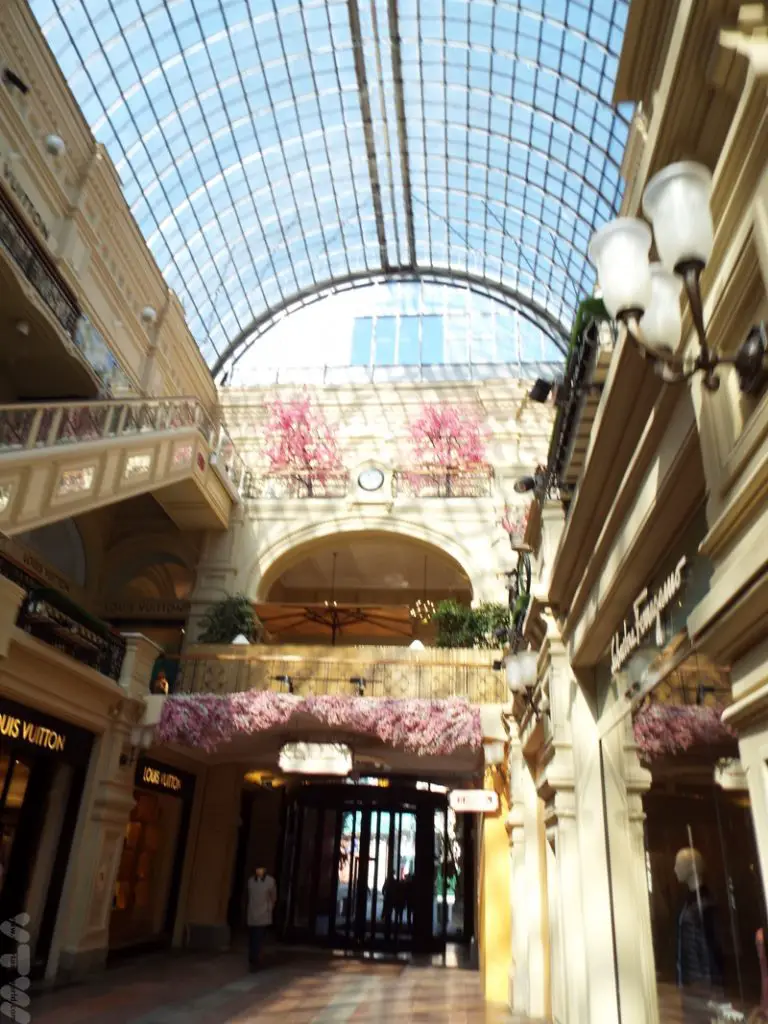
We had lunch at a restaurant a few streets away and enjoyed a warming bowl of borscht soup.
In the afternoon we visited the Kremlin. Security is tight and you will need to be prepared to have your bags checked and walk through a metal detector. If you are likely to set the alarm off (if you have metal limbs, for example), let your guide know – they will talk to the security guards and get you in via an alternative system.
The Kremlin (citadel) is fortified complex with Red Square to the east and the lovely Alexander gardens to the west. Inside its walls are five palaces and four cathedrals amongst other buildings such as the Grand Kremlin Palace that was formerly the Tsar’s Moscow residence, the official residence of the President of the Russian Federation and the State Kremlin Palace.
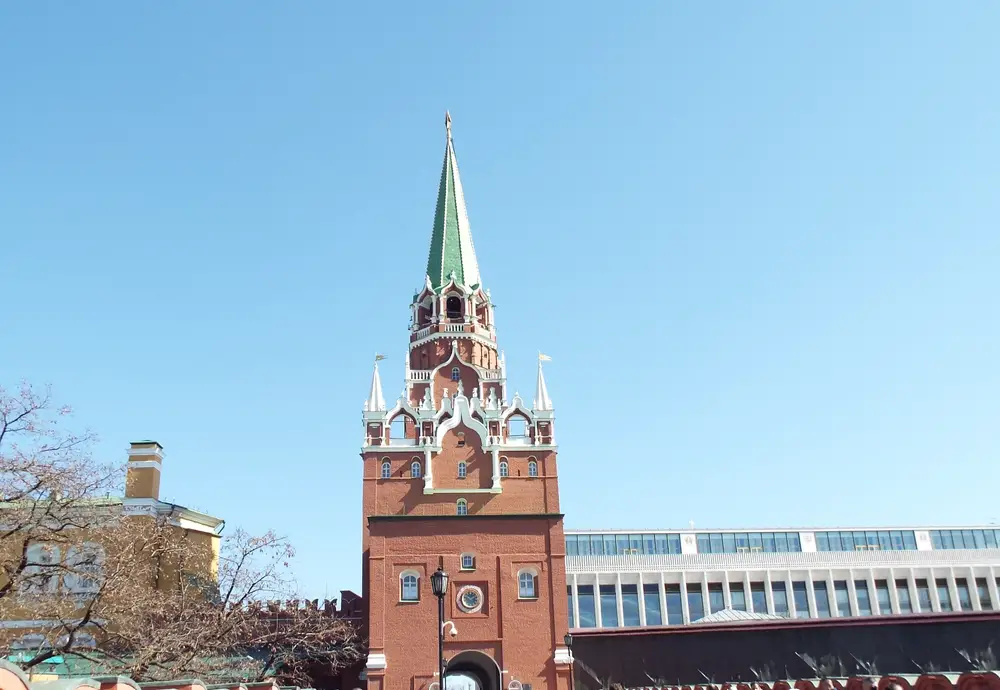
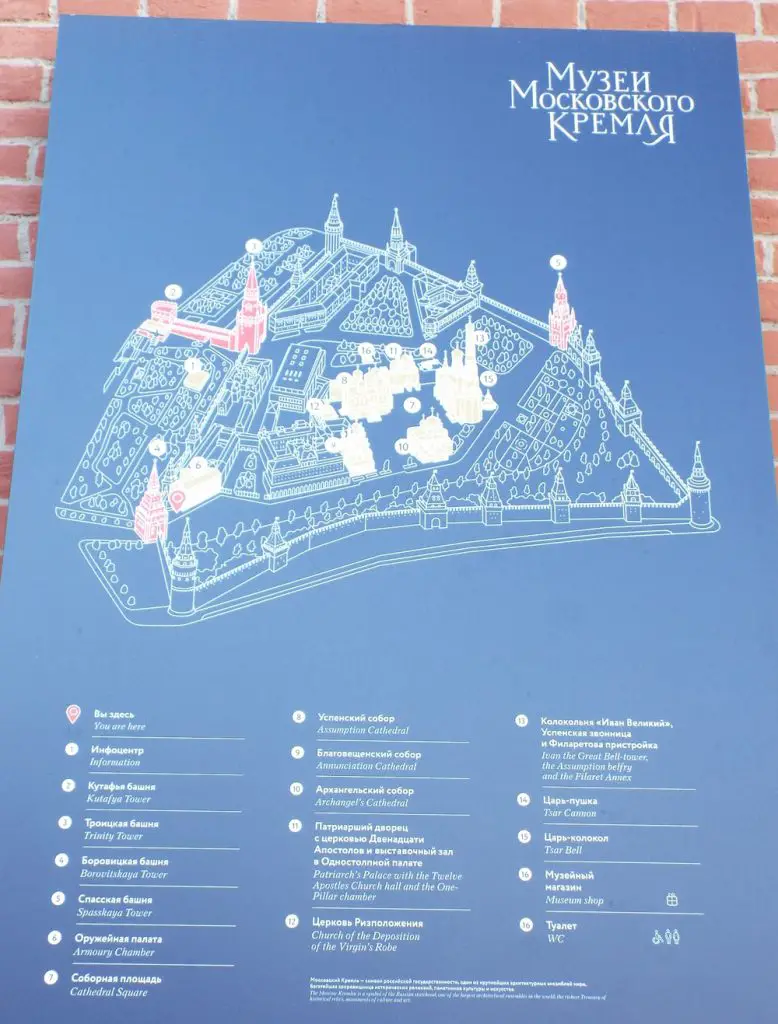
The State Kremlin Palace (also known as the Kremlin Palace of Congresses), was built inside the Kremlin between 1959–1961. It was commissioned by Nikita Khrushchev for the purpose of holding Communist Party meetings.
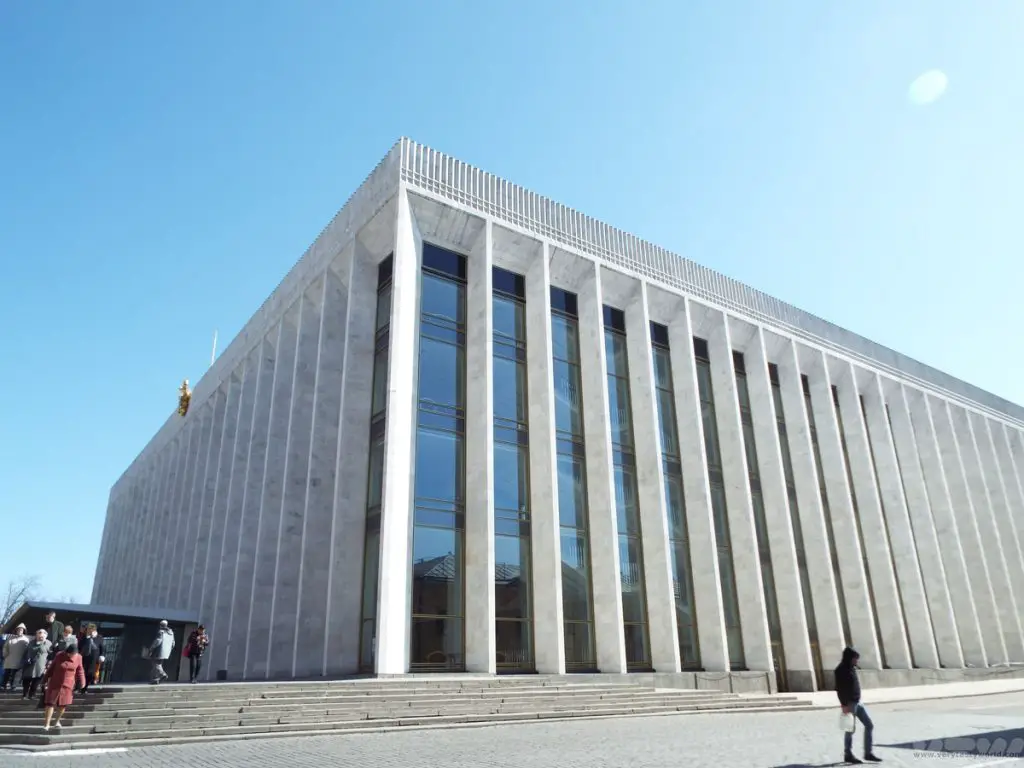
Two of the most popular attractions are a cannon that has never been fired in a war and a bell that has never been rung.
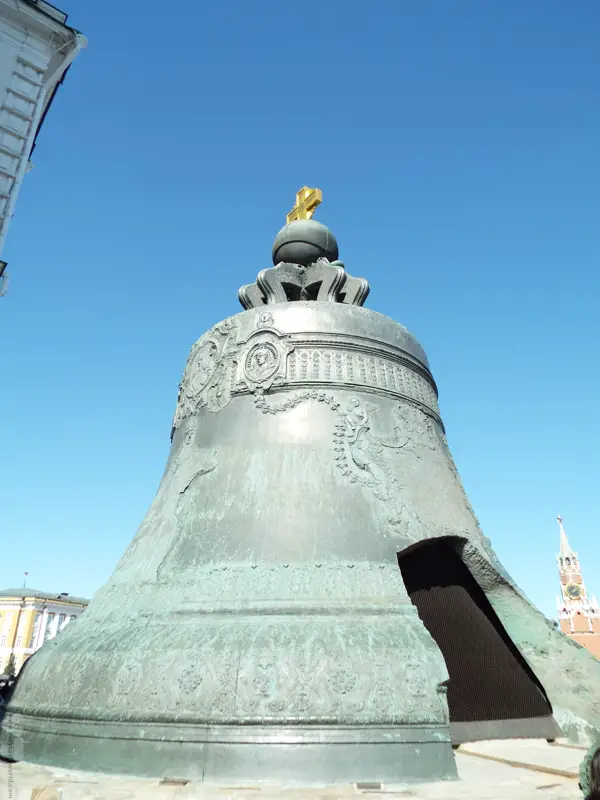
The Tsar Bell, the largest bell in the world, is also made of bronze but developed a large destructive crack and its sound has never been heard.
The Tsar Cannon was cast in 1586 by Andrey Chokhov who was renowned for his work with bronze. It was never used in a war and is largely symbolic. (Although there is apparently some evidence to suggest that it has been fired once.)
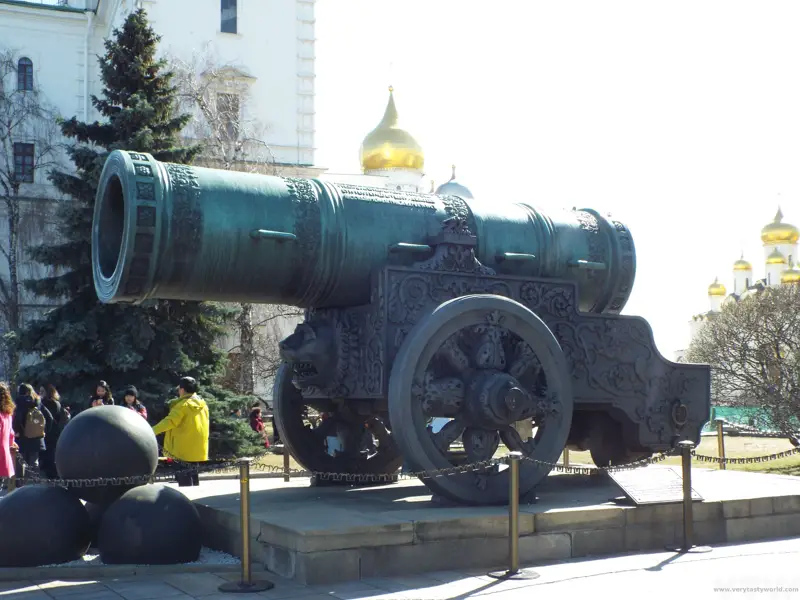
Cathedral Square is the most beautiful area of the Kremlin; it’s surrounded by a number of buildings, including three cathedrals.
The Cathedral of the Dormition was where all the Tsars were crowned and is considered to be Moscow’s primary church. It was designed by Aristotele Fioravanti and completed in 1479.
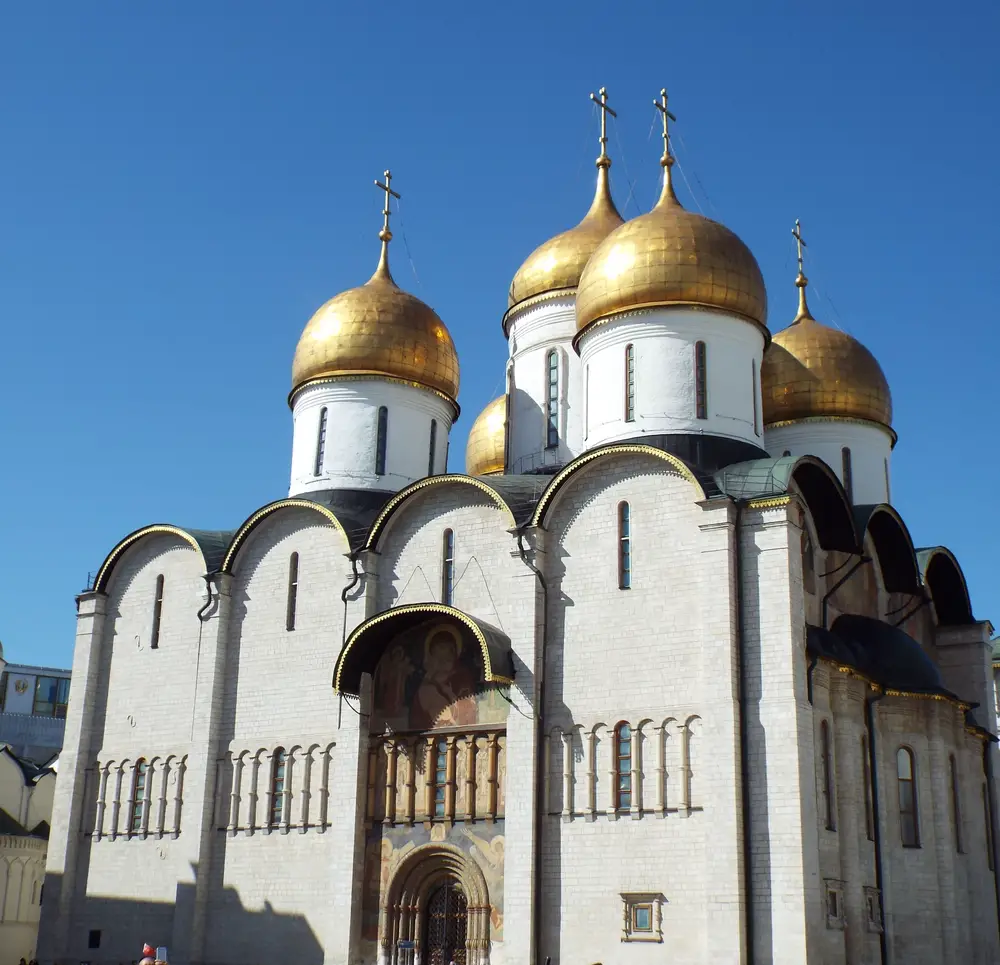
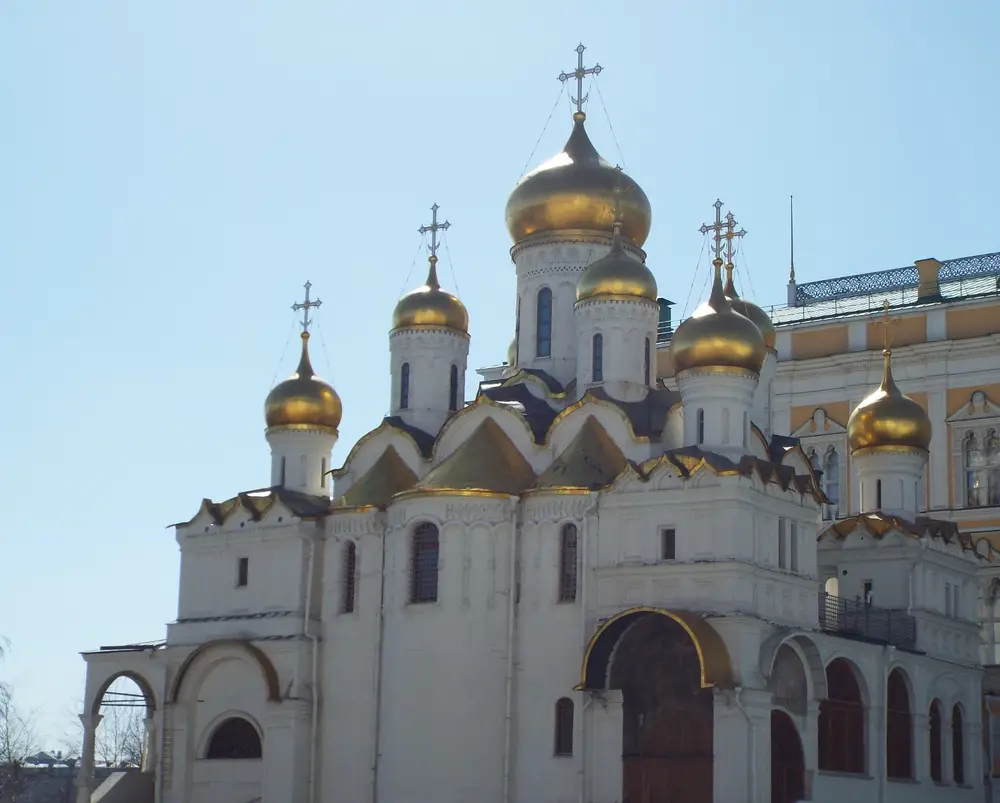
The Cathedral of the Annunciation was completed in 1489 but was reconstructed over the years.
The Cathedral of the Archangel Michael was constructed later, in 1508.This contains the final resting places of most of the Muscovite monarchs from the 14th Century until Peter the Great moved the Russia’s capital to St Petersburg.
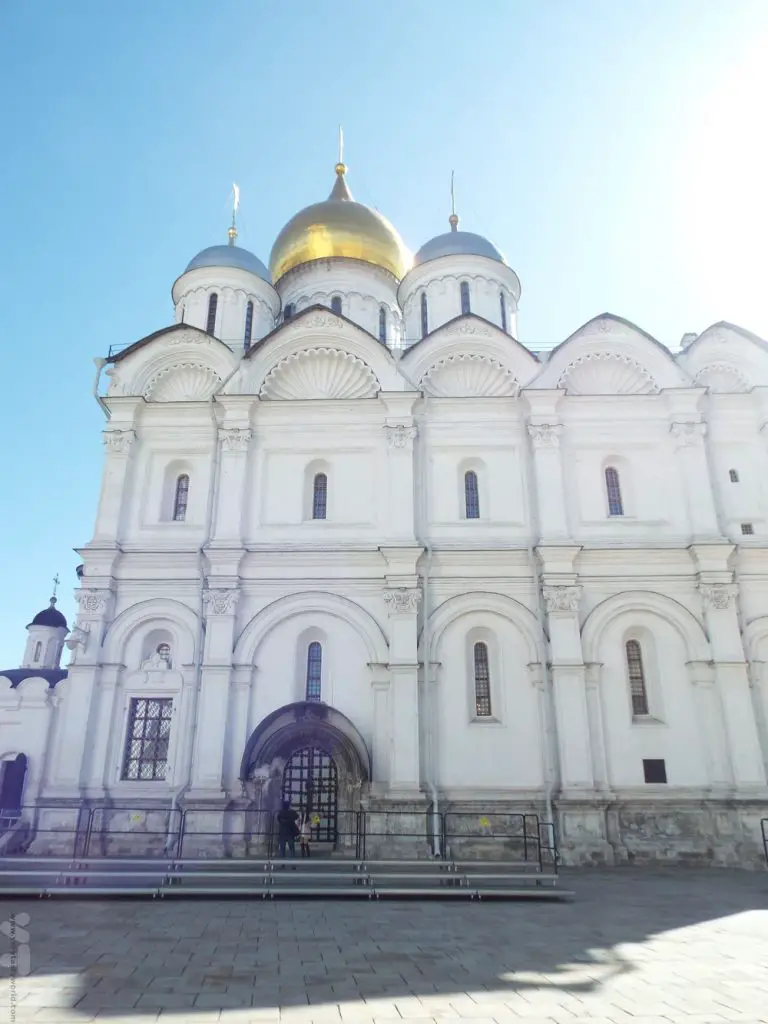
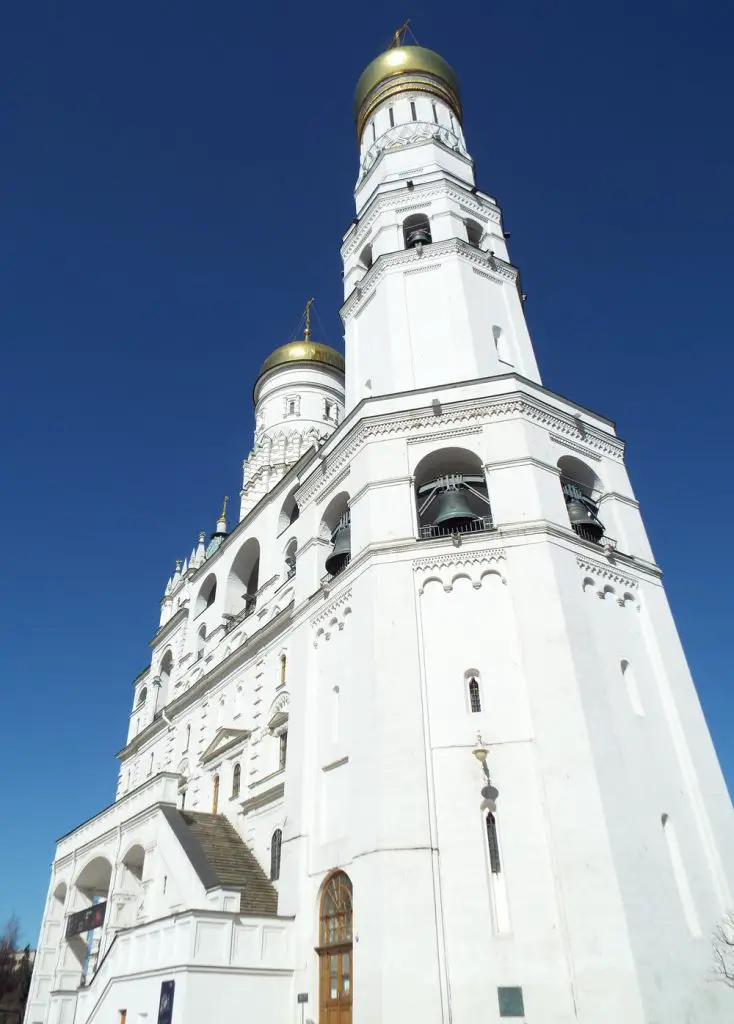
The Ivan the Great Bell Tower, located next to the Tsar Bell, reputedly marks the very heart of Moscow, the precise centre of the city. It is 81 metres high (it was the tallest building in Moscow until the Russian Revolution) and was completed in 1600. It was commissioned by by Grand Duke Ivan Kalita, the Grand Duke of Moscow from 1325.
Around the corner from Cathedral Square are further buildings, including the Arsenal and the Armoury buildings.
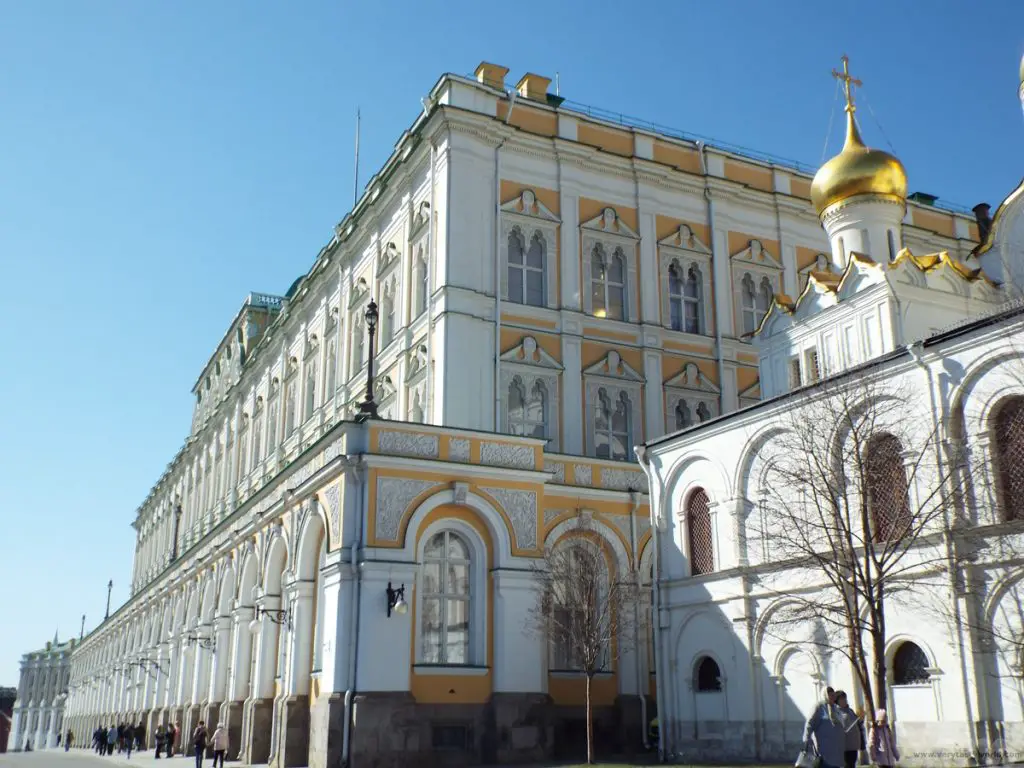
The latter is a museum which contains a plethora of objects from across Russia’s history. Of note is the collection of ten Fabergé eggs, the largest single collection of these jewelled Imperial eggs, Easter gifts from the Tsars to their wives and children. The eggs are astonishing in their design and intricacy and it was wonderful to be able to see them up close.
After our Moscow tour we went back to the hotel for a short time to relax and grab a bite to eat at a local café, before being picked up late evening to be taken to the station for our train ride.
Day Four – Return to St Petersburg
We caught the Grand Express overnight and arrived at St Petersburg the following morning.
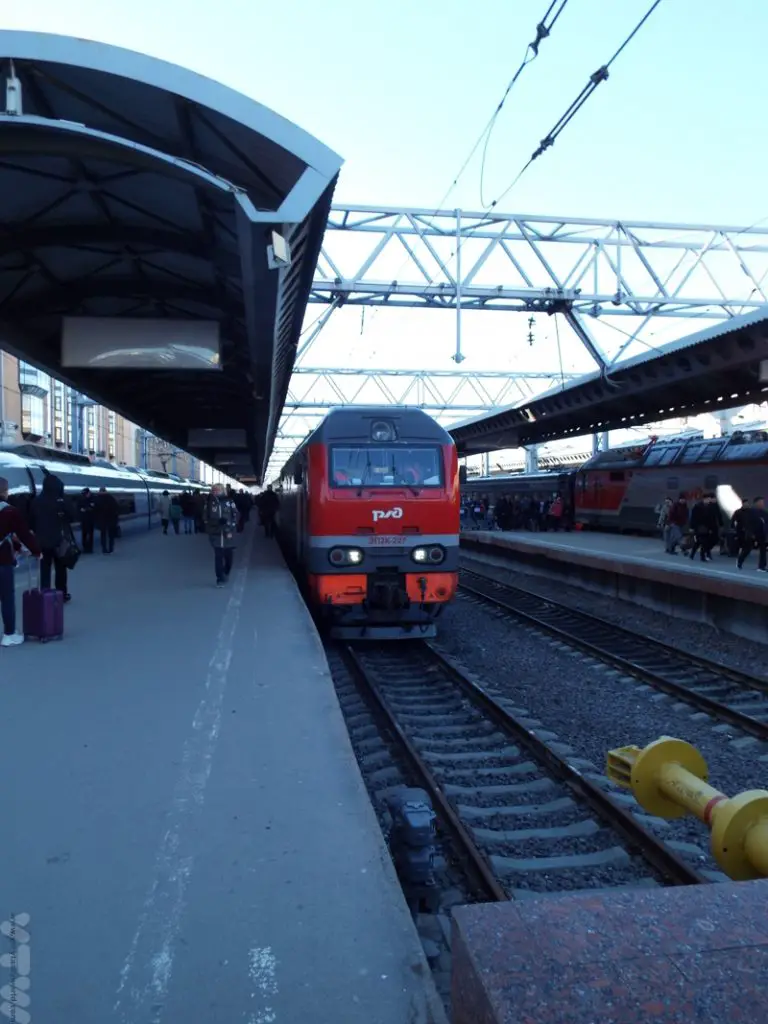
We visited the Church of the Spilled Blood, an Orthodox church, adjacent to the Griboedov Canal, which was constructed during the reign of Alexander III as a memorial to his father Alexander II, who was assassinated by anarchist conspirators on that very spot in 1881.
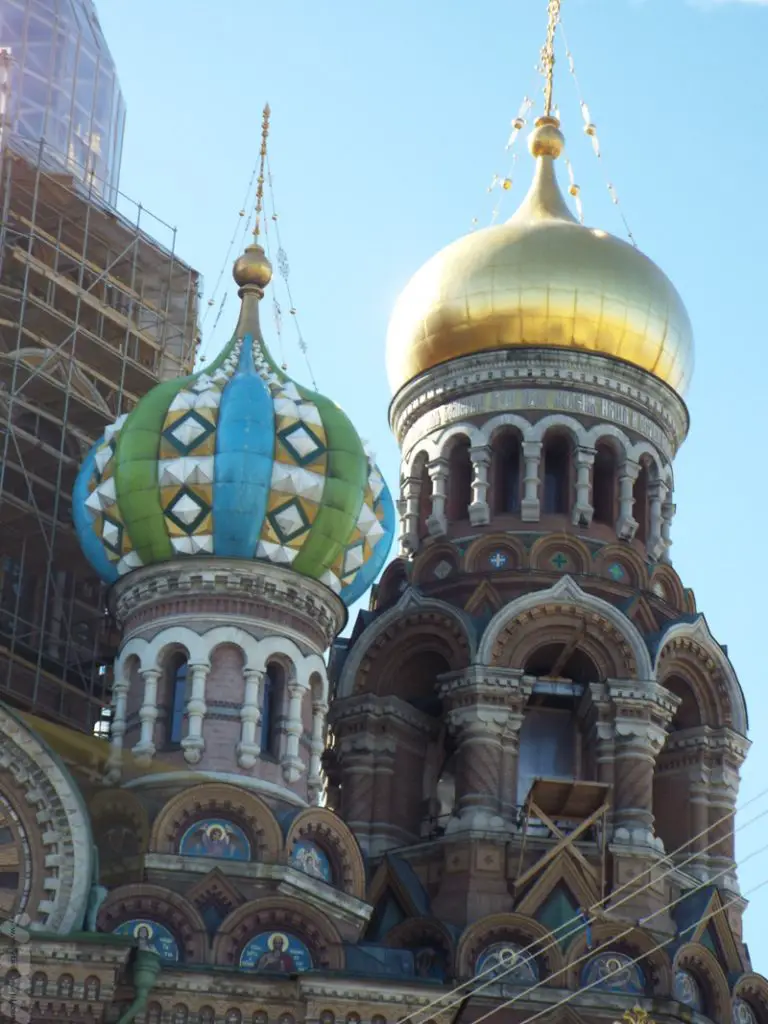
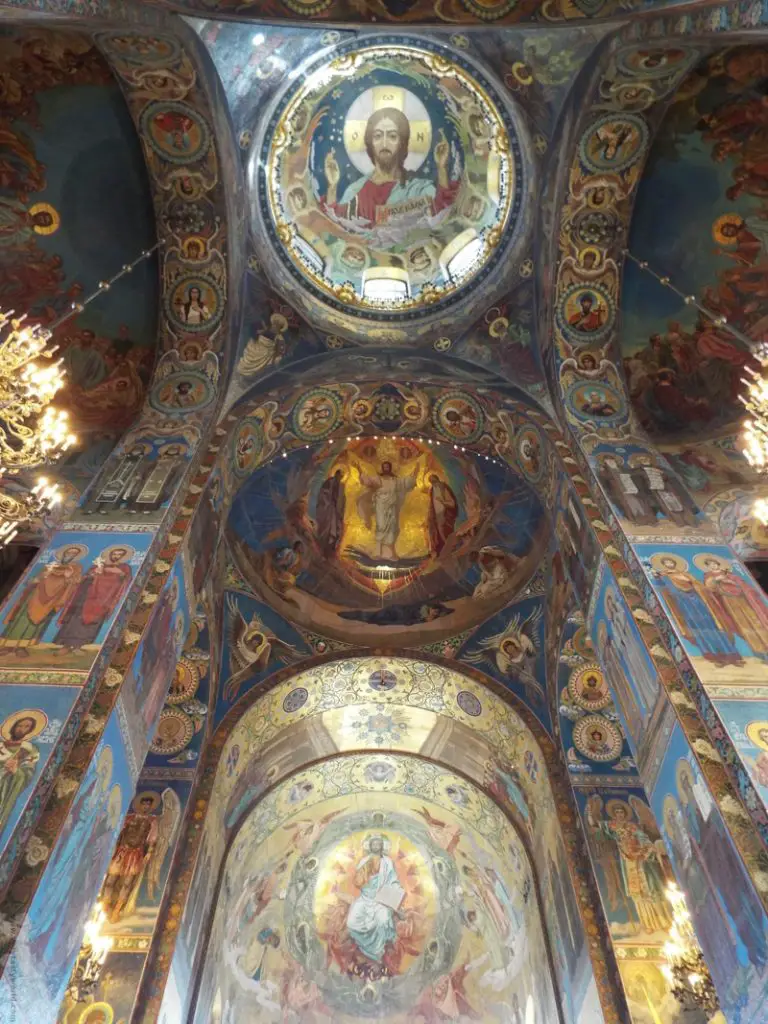
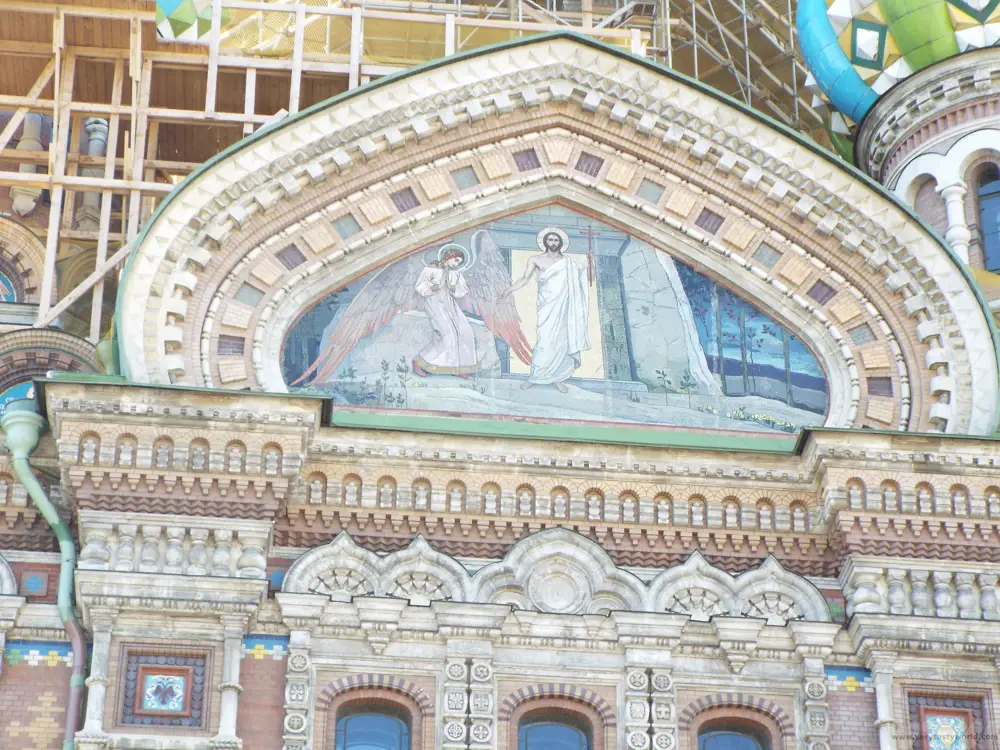
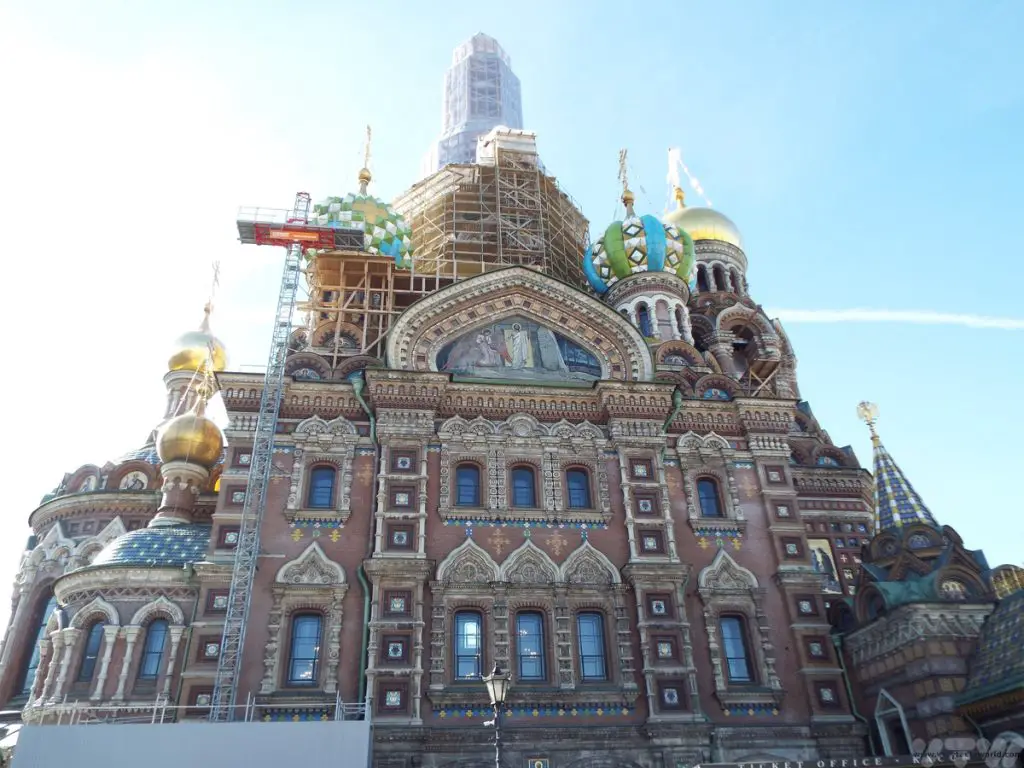
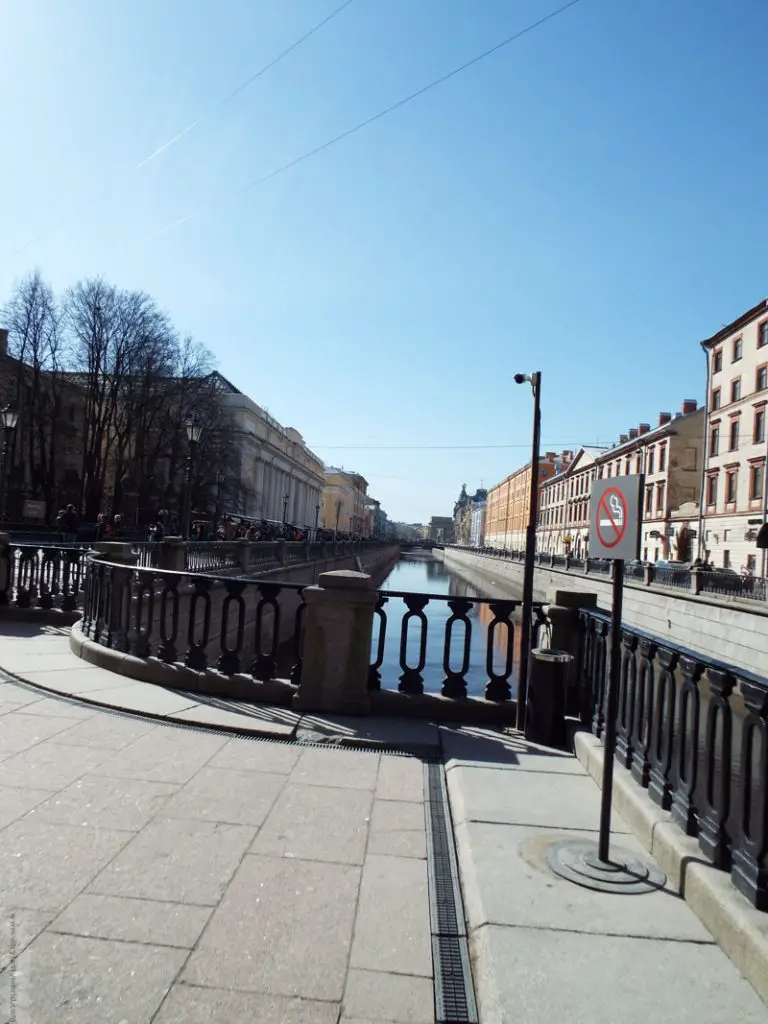
In order to construct the cathedral the canal needed to be narrowed so that the road that the Tsar had been driving on could be located inside the walls of the church.
Our final visit in St Petersburg was to the Hermitage Museum, one of the world’s most important art museums. It was a real treat to be able to spend time in this fascinating place.
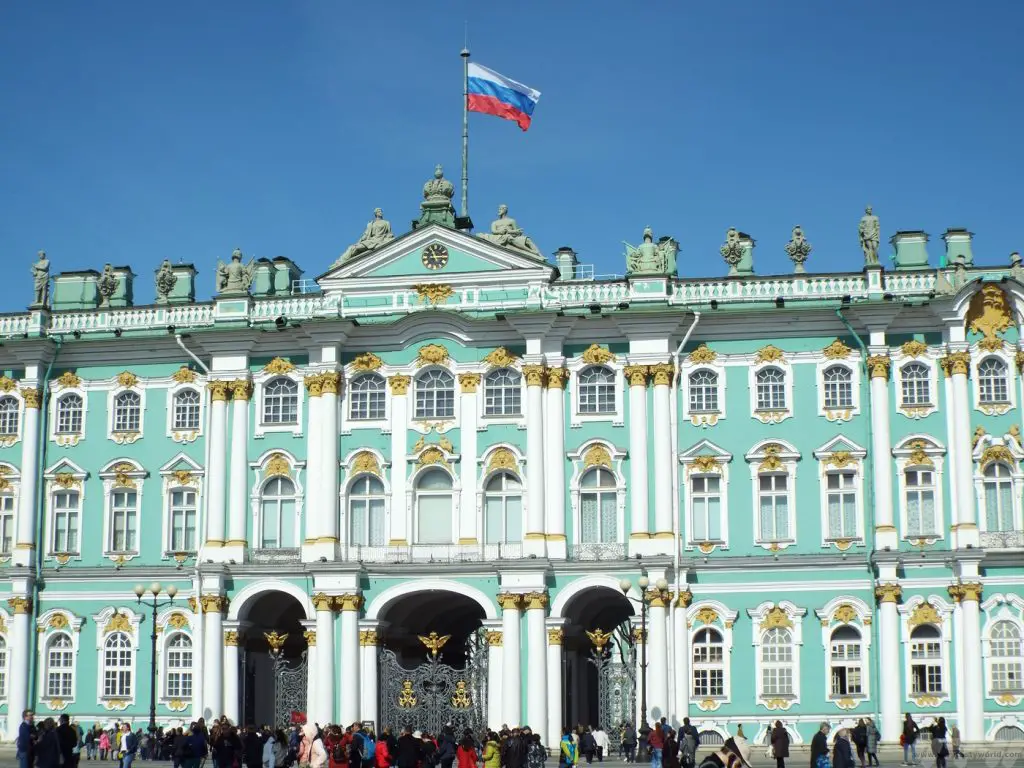
Because we had missed the boat ride a couple of days earlier, we had more time to spend inside this most magnificent of buildings. It is, apparently, the world’s largest art museum by gallery space and contains over three million works of art from some of the world’s most renowned artists. It’s not an understatement to say that you could spend days exploring it. It had occurred to us that we could do another visa-free trip and just spend the entire 72 hours inside the Hermitage.
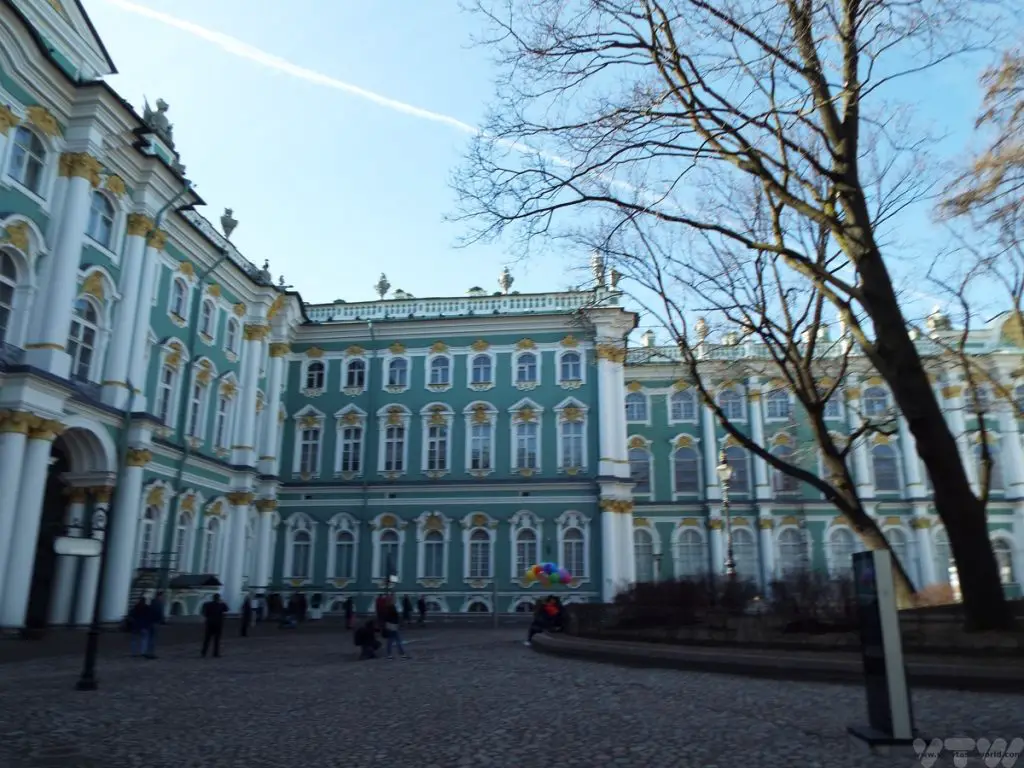
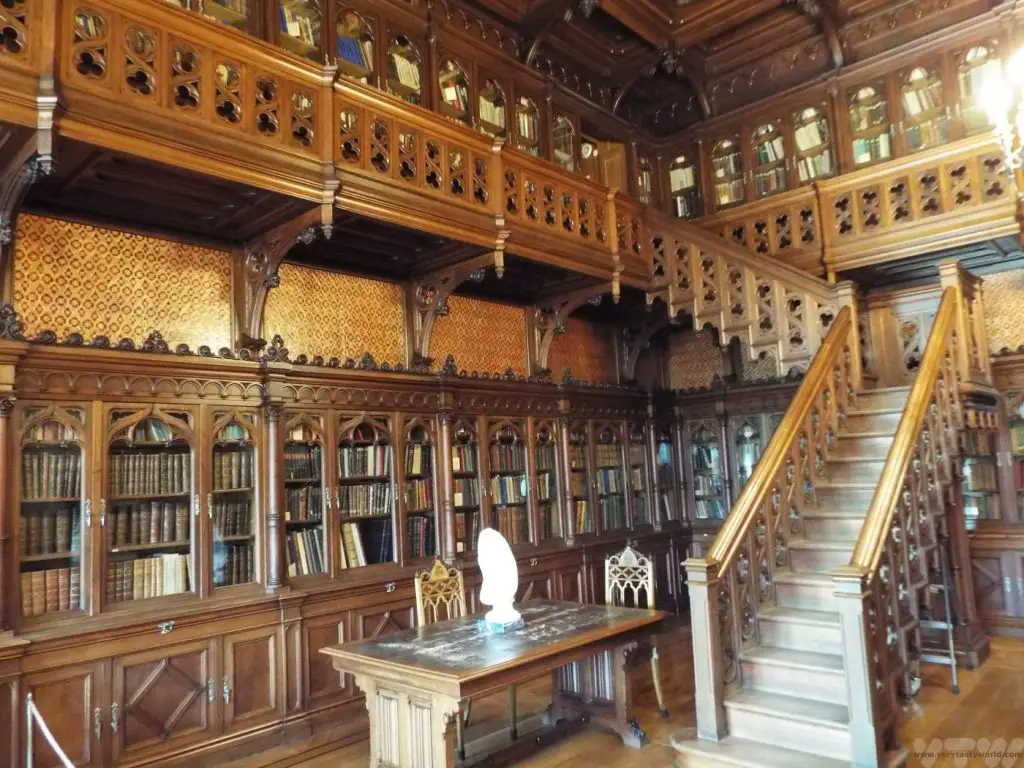
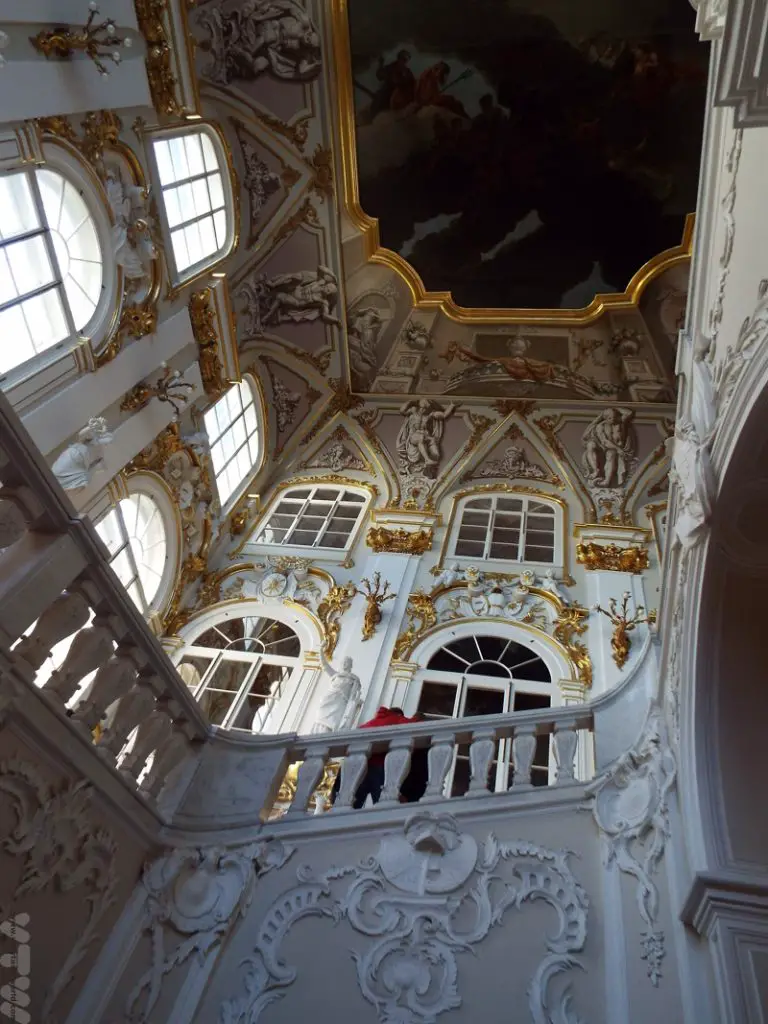
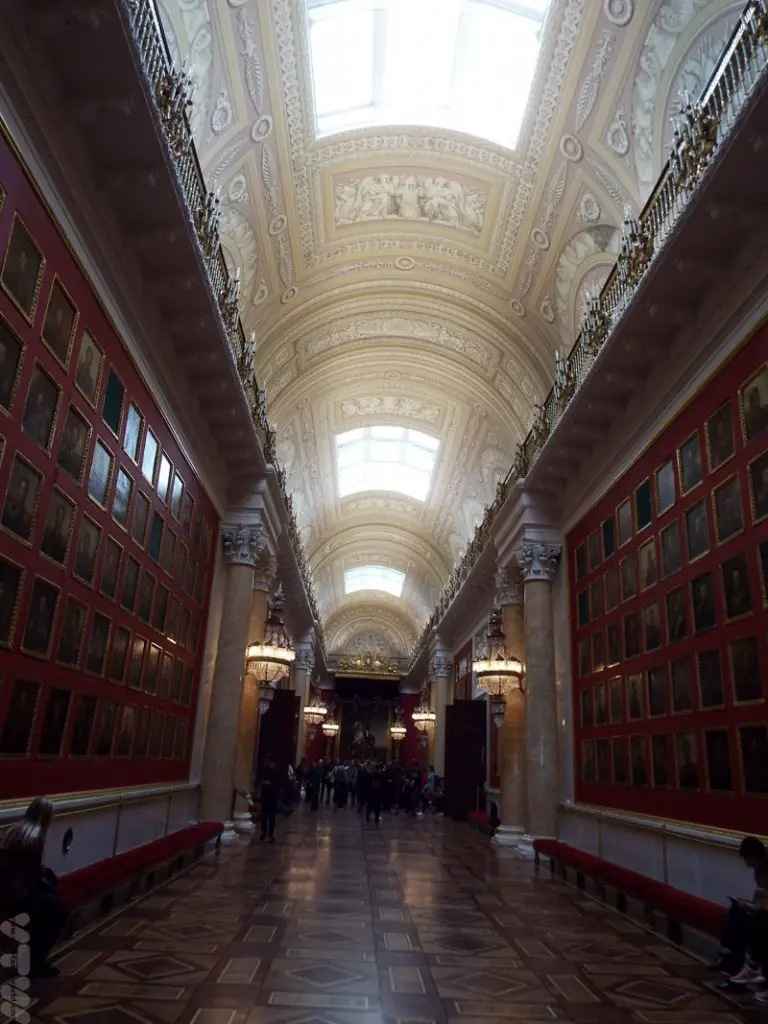
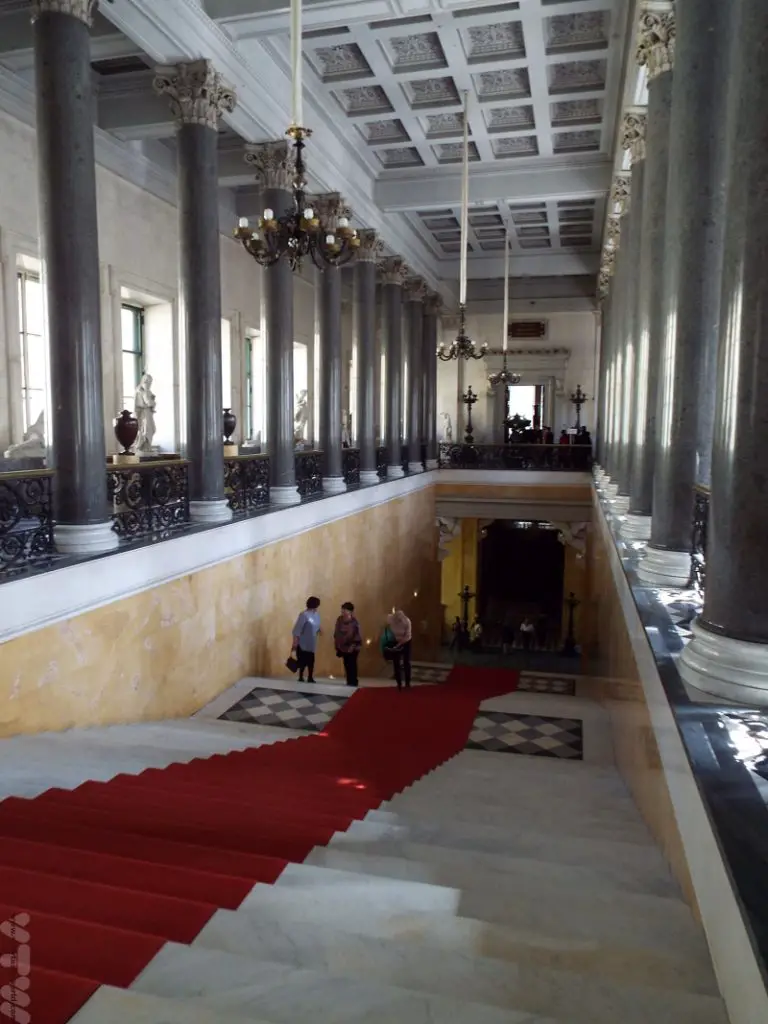
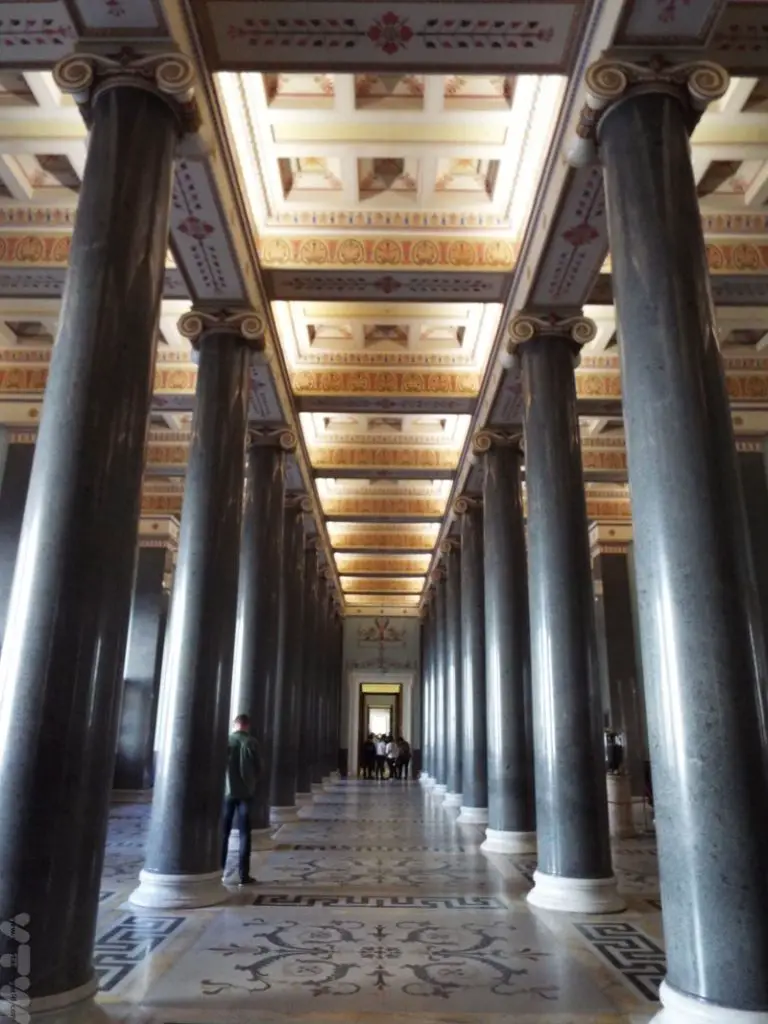
The collections occupy a large complex of six historic buildings along the embankment of the Neva river, including the Winter Palace, a former residence of Russian Tsars, commissioned by Empress Elizabeth Petrovna. It was Empress Catherine the Great who initiated an art collection in 1764 after purchasing a number of paintings from Johann Ernst Gotzkowsky. It seems as though what Catherine wanted, Catherine could purchase. The museum has been open to the public since 1852 and following the Revolution, the palace now houses works of art as well.
After a thoroughly wonderful few hours exploring the Hermitage the clock was ticking and our time in Russia was running out. We were whisked back to the port to board Princess Anastasia to return to Helsinki.
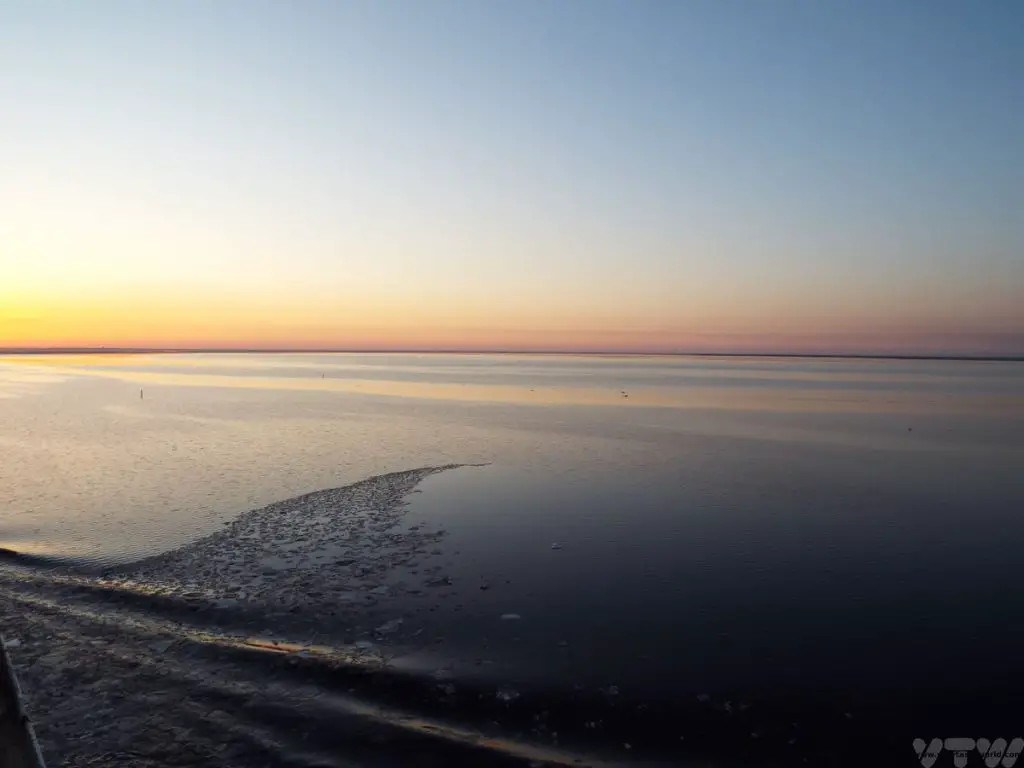
Day Five – Finnish Where We Started
We arrived in Helsinki early in the morning and found our way back into the city via the efficient tram system. There was a restaurant in town where we could grab a light bite for breakfast. Our flight timings were such that we didn’t have too much time in Helsinki so we headed back to the airport via the train link and flew home.
This trip was one of the most intensive we have ever undertaken. But travelling to Russia visa-free was a fantastic opportunity to visit this most remarkable of countries which has such a rich history and so many treasures to explore.









I am completely in awe of this trip! I’ve wanted to visit Russia and assumed I would have to do it through Viking Cruises (which would be fabulous as well!). I don’t mind the hurried pace and think this would be an incredible experience! Very well done!!
Thank you so much for your kind comment! It was truly wonderful to be able to visit this amazing country and learn about its remarkable history. I would imagine a river cruise – although a completely different style of travel – would be brilliant as well. We did find that this trip was extremely well designed and, though it was fast-paced, we managed to see so much!
Definitely a lot to do in just three days. What happens if you go over your 72 hours by just a few minutes?
Also, the play on the word finish/Finnish gave me a good chuckle!
There was a lot to see in a short space of time, but was emphatically worth it! I just had a look at the UK Foreign Office guidance about overstaying…”If it is not done within the 72-hour visa free regime, you will be facing a court hearing, fine, deportation and a possible ban from re-entry.” But our tour was planned in such as way that we were well within the time limit!
Wow, that does sound like quite the intense process for a visa. And while 3 days might be a bit short, I think it’s a reasonable compromise, all things considered. You covered a lot in that short time, and that’s how we’d do it, too. Who needs sleep anyway?! I love the “Rushin’ Around Russia” and the “finish/Finnish,” and also – all of the fantastic photos!
Thank you! For us, it was the perfect way to see so much of Russia in a short space of time. And you’re absolutely right, who needs sleep anyway? 😉
Thanks for the tips. this seems like a great way to see Russia without many of the hassles that I have heard about. Maybe I will add it back to my travel bucket list.
We would definitely recommend Russia as a destination to visit. It was a remarkable place with such a fascinating history. The visa-free travel plan meant that we could do a lot of sightseeing in a short space of time.
Wow that trip was pretty condensed but you got to see the best of each city. Love the sub-title “start at the Finnish” – very creative!
It was a packed 72 hours! I went to Russia and had 3 days in Moscow and 4 in St petersburg, going solo and came away lamenting there were still things I missed!. I went in Summer so it was so interesting to see your pics of the River Neva with ice floating on it. Your Polar bears sunning themselves in Winter are real sunbathers spread out on the shorline in Summer1.
I found Russia to be a captivating country (seeing only St P amd Moscow has left me with a burning desire to see more of it). I didn;t know you coud do a 72 non-visa trip from Finland. I had the torture of several weeks of wait for my Visa, two trips to the Russian London embassy and pages and pages of obsure and silly, irrelevent questions that you mention.
This is a great way to get a real taster of two Russian cities, very interesting to read about your trip.
Thank you! It was indeed a packed trip but such a great opportunity to get a flavour of this remarkable country. Like you, we were captivated by Russia and would definitely like to see more. Maybe we will have to bite the bullet and get those visas!
That sounds an interesting tour, I’ve been thinking about Russia for years. I suspect it would be far too tricky with the dog.
It was an amazing trip but we feel it would probably be difficult to travel with the dog – which is a shame!
Wow! A day trip to Moscow! What a fascinating journey from start to finish.
It was pretty full-on especially because of the Moscow element! But absolutely worth it. Thank you for your comment.
This sounds amazing. I wish I lived in Europe to be able to make these quick trips.
One day…
We do hope you get to visit one day! Thanks so much for your comment.
The St Petersburg part of the trip was one of my cancelled 2020 travel plans. I’ve never heard of anybody who did Moscow in their 72 h time window. What an amazing rush!
So sorry to hear your trip was cancelled. We can sympathise- we had to cancel trips last year as well. Hope you do get to visit. Including Moscow in the 72 hours did make the trip very intense but it was absolutely worth it.
I’ve never heard of visiting Russia this way but wow what a great way to bypass getting a VISA. Knowing it is a short visit makes it worth a jam packed schedule. Getting to see the architecture and art at the Metro stations would be amazing. I would love to try this route one day, thanks for the info!
Thank you. Yes, it was only recently that we found out we could visit without getting the visa. It was indeed a jam-packed schedule but so worth it. And the metro stations were just wonderful! Hope you get a chance to visit.
Looks like a super packed itinerary, but you’ve totally nailed it! 🙂
I’ve been to Moscow, but never to St Petersburg. Would love to do it one day, maybe even via Helsinki and maybe even spend all 72 hrs in St Petersburg itself!
Thank you! The Moscow element did make the trip more intense but it was an ambition fulfilled to visit Red Square and the Kremlin. And the train was fab! We’ve thought about going back and spending the 72 hours in St Petersburg, especially The Hermitage.
Wow! Didn’t realize getting a Russian visa was so stressful, even for Brit/European citizens. Still, the architecture and history is super amazing! What great sights! Hope to experience this soon. Maybe I’ll leave extra time to explore Helsinki too.
Thank you! Yes, the visa process is quite long and convoluted. We travelled in 2018 and the visa-free rules say you have to arrive by ferry. It was definitely worth the unconventional route in to see so many sights of this wonderful country. Helsinki is well worth a visit as well.
You explored a lot in a short time! Very impressive buildings. I’ve heard about some of the buildings and seen them in the movies, but your pictures are so much more impressive. I’d do the 3 day free-visa trip, too just to see the highlights. It definitely seems worth it.
Thank you so much! The architecture was amazing; like you, we’d seen photos and movies but they were spectacular up close. We’d wanted to visit for years and this was such a great opportunity to see the highlights of a remarkable country.
Fabulous! I didn’t know you could even do Russia visa free! The itinerary looks intense but a lot of good stuff packed in. Thanks for sharing!
Thank you! It was only relatively recently that we found out you can travel visa-free and it’s a terrific way to see the highlights of this amazing country.
That is quite the packed but extensive itinerary for Russia. I didn’t know about the 3 day visa, I just love loopholes. It definitely makes me torn about whether I’d want to do a simple free 3 day visa or do the long visa process and have more time in Russia. But if I decide to do the 3 day visa, this itinerary is a good starting point of what can be accomplished!